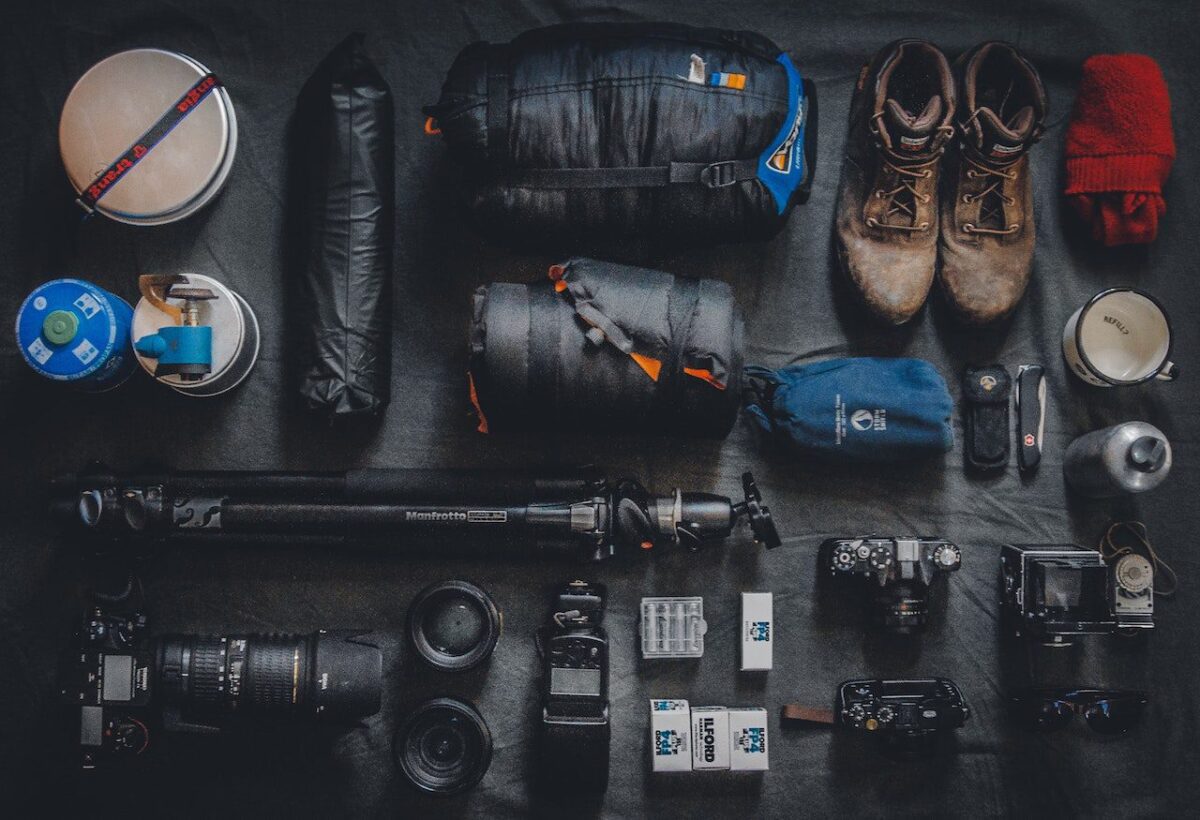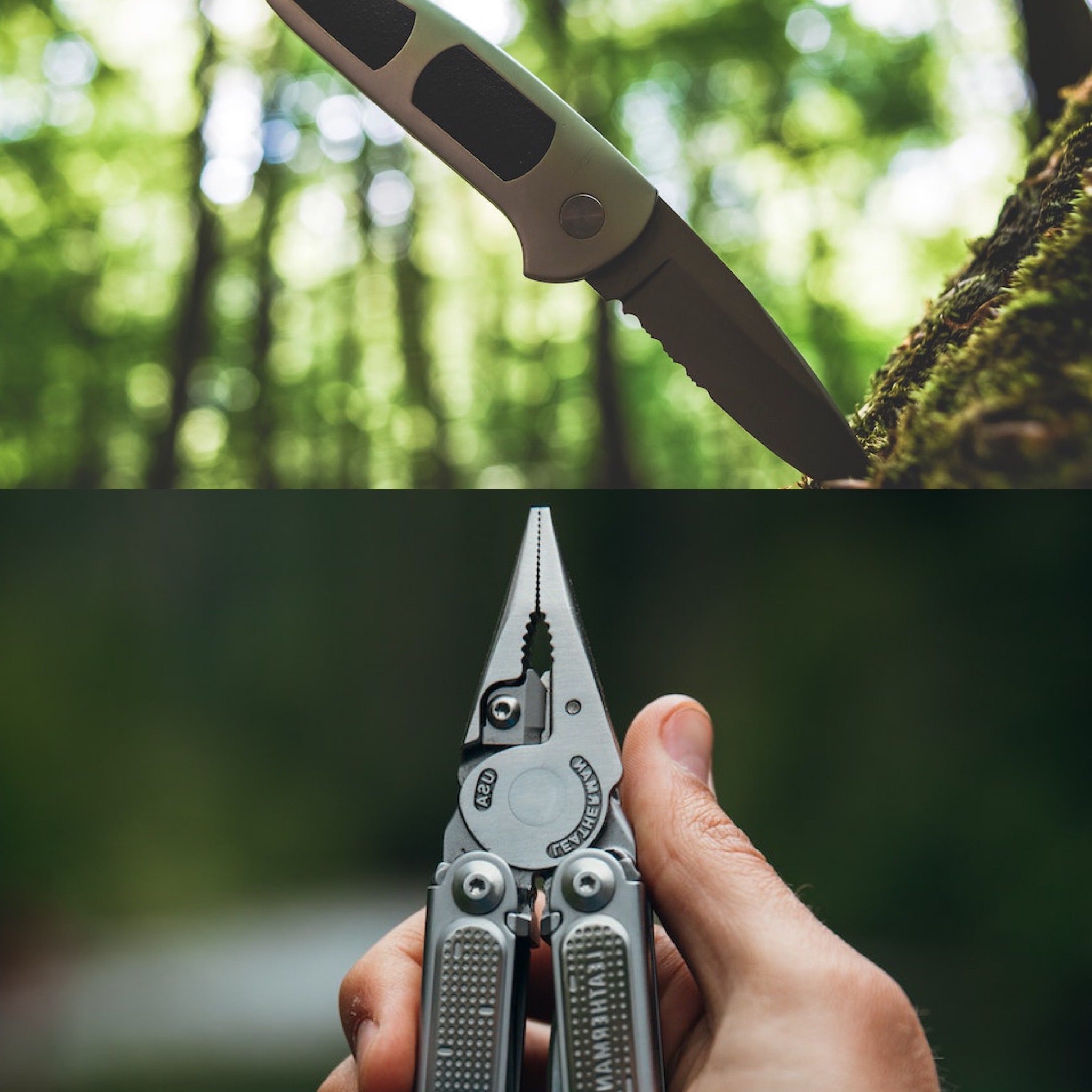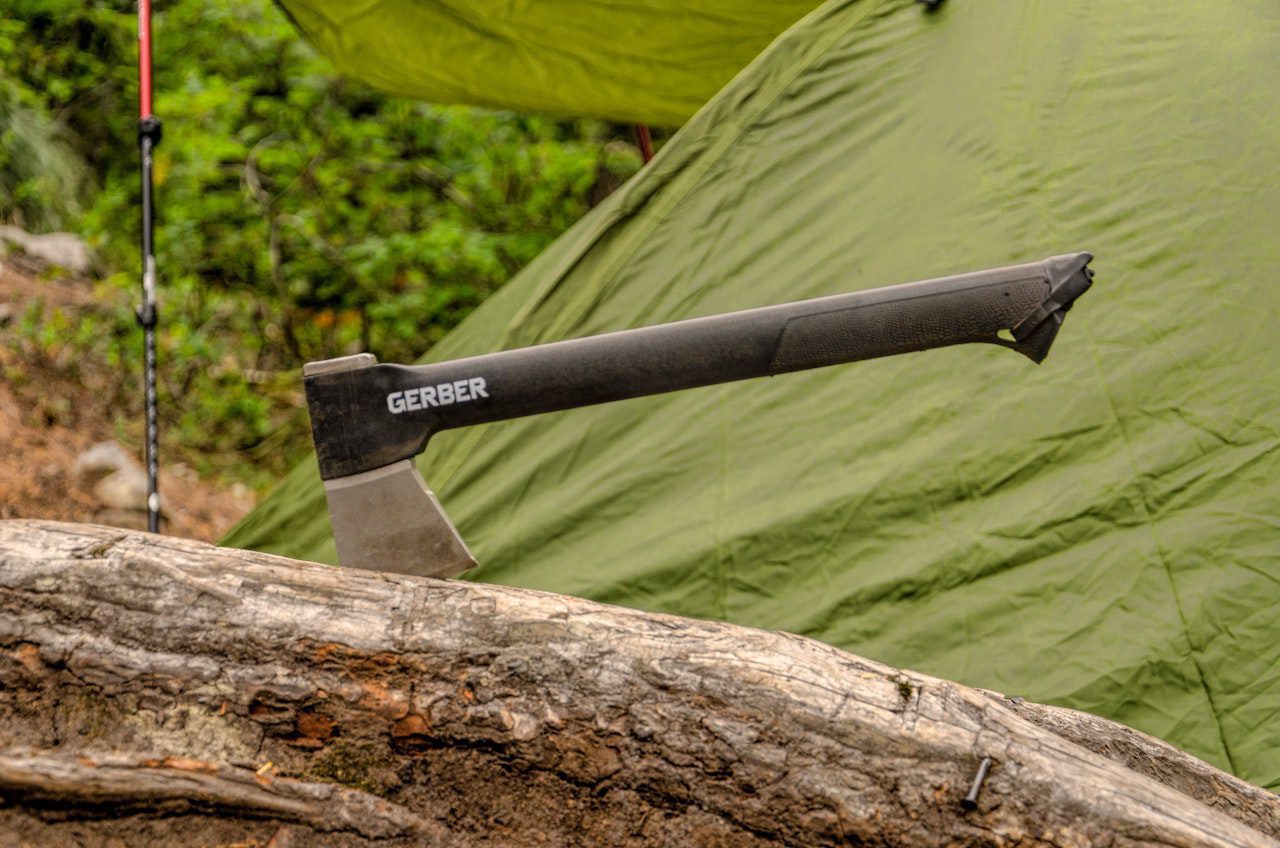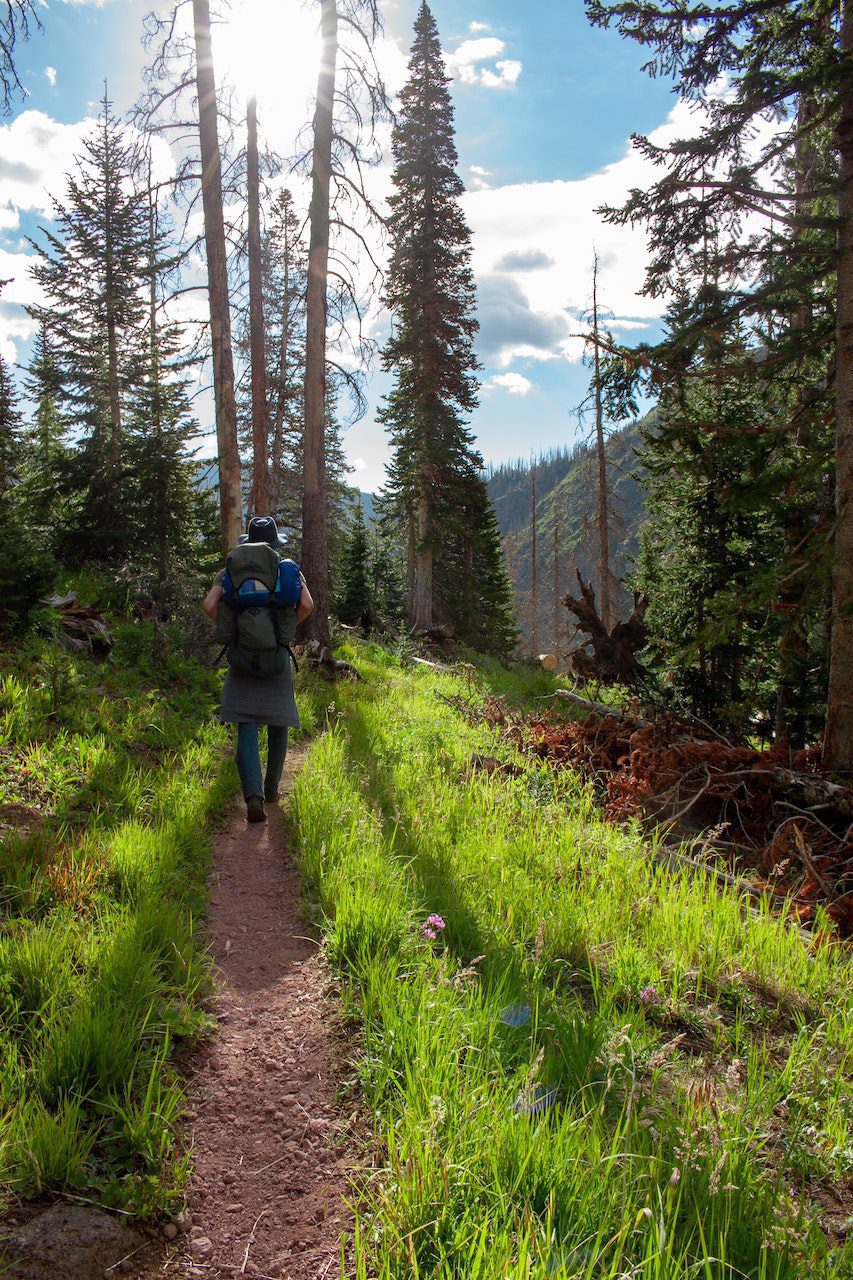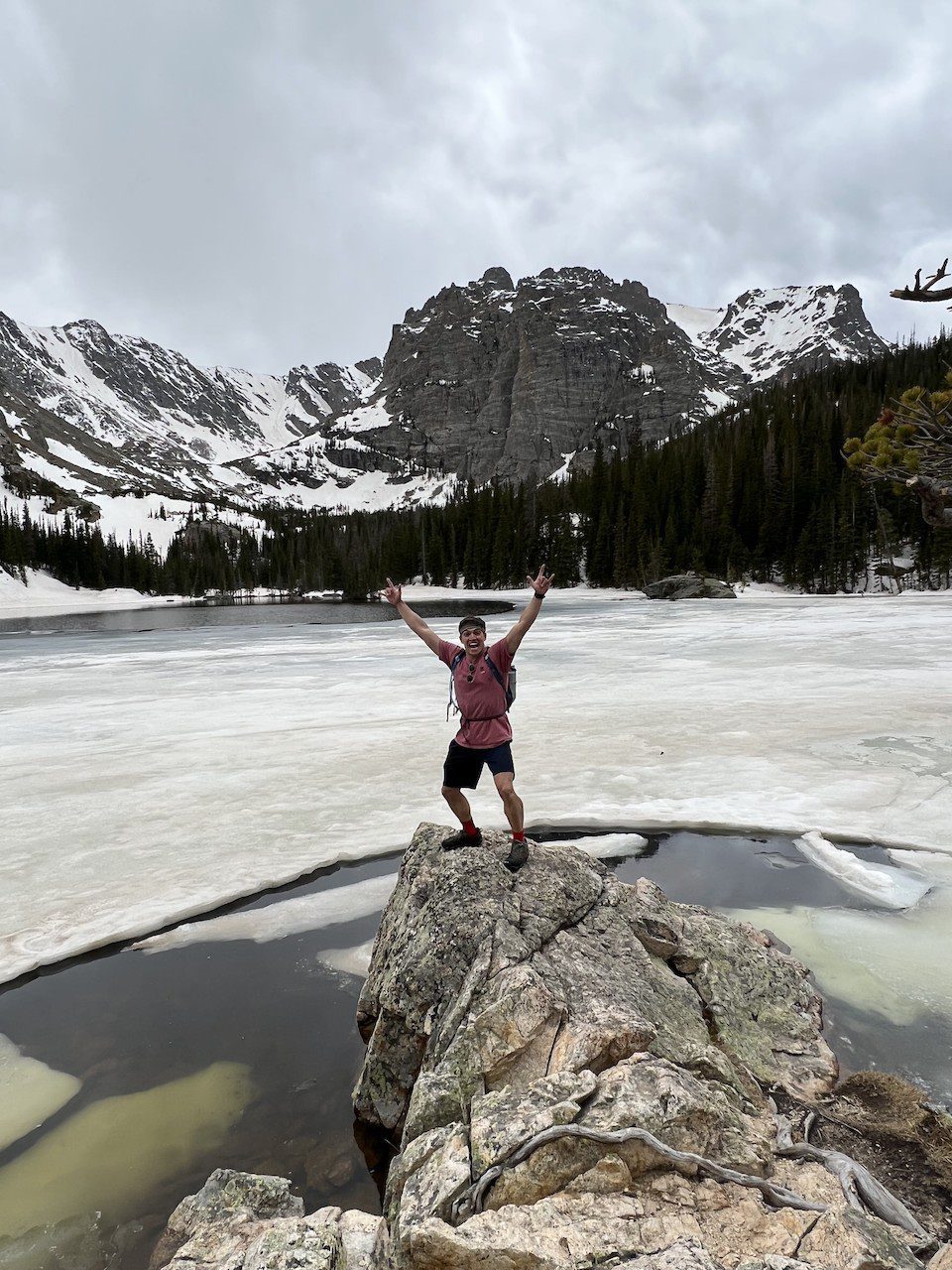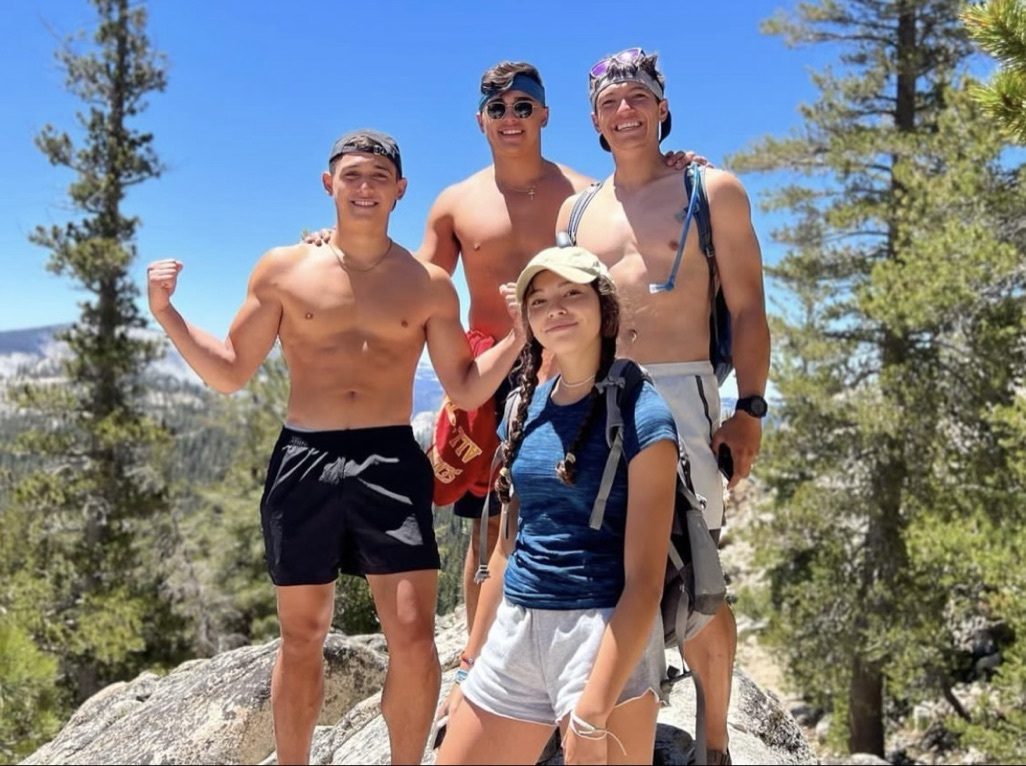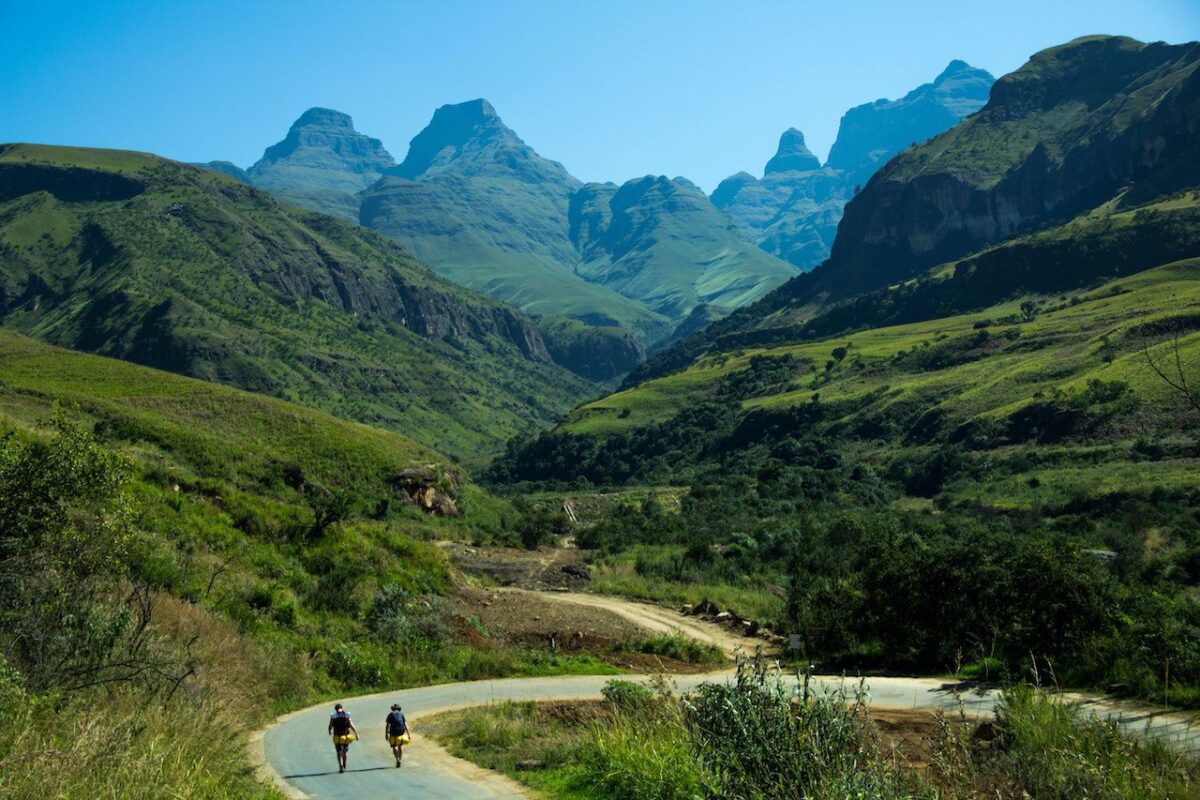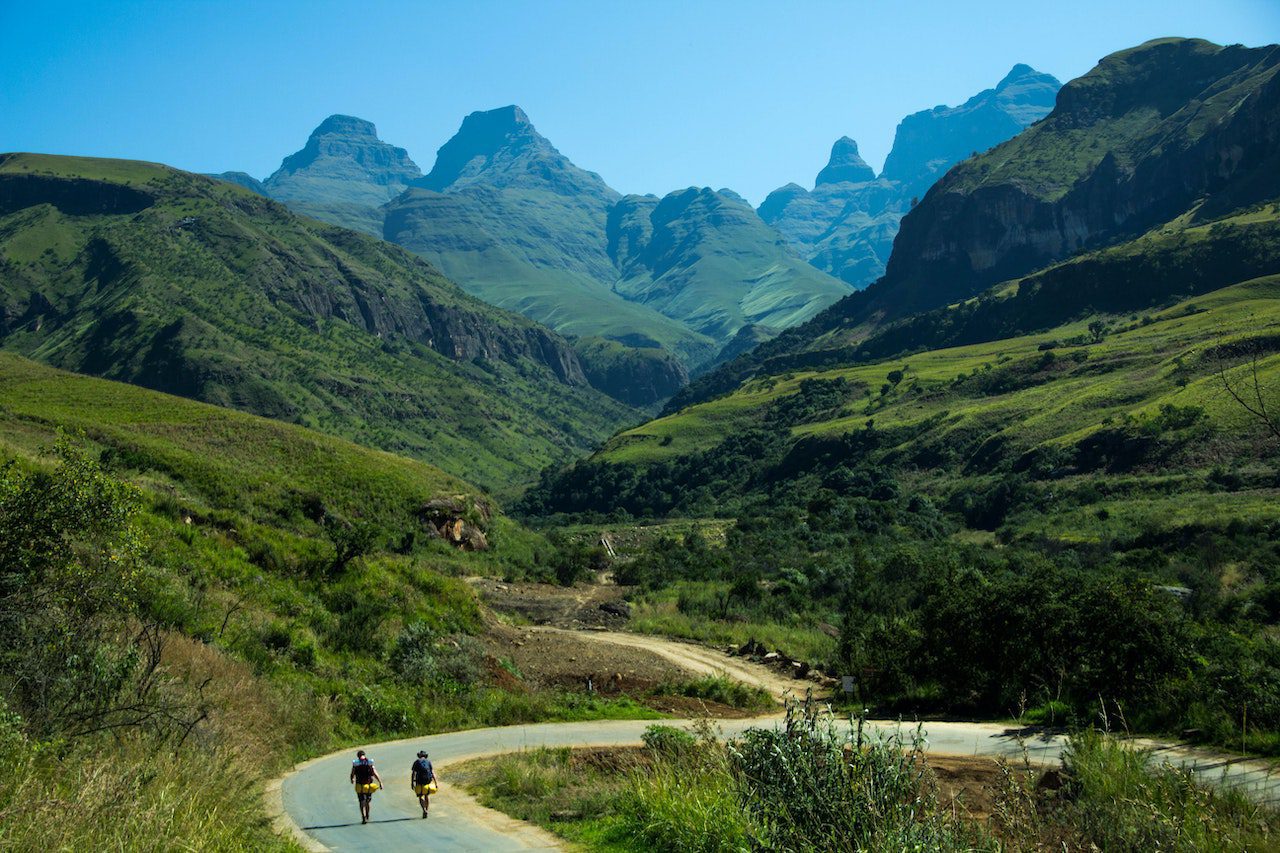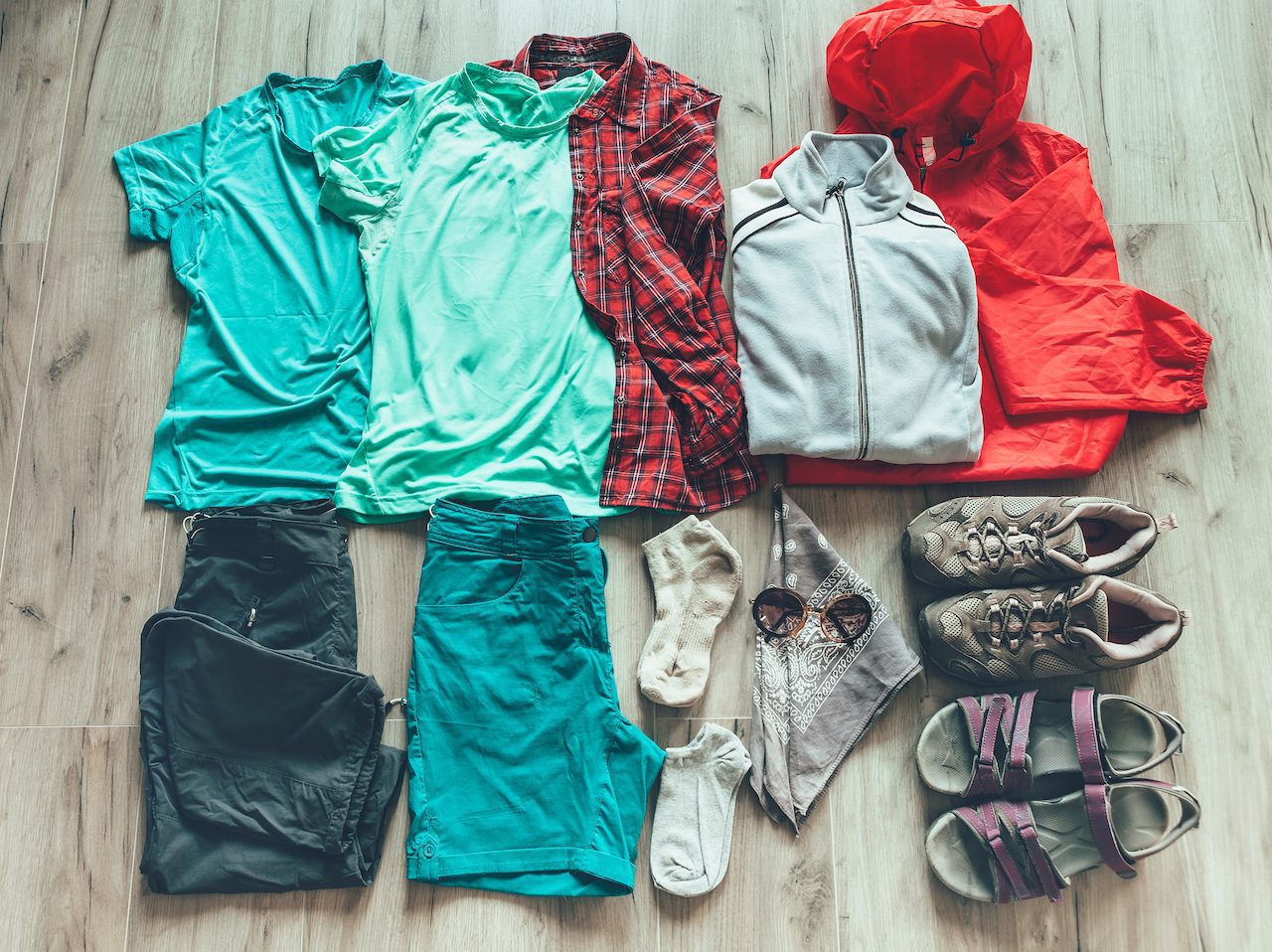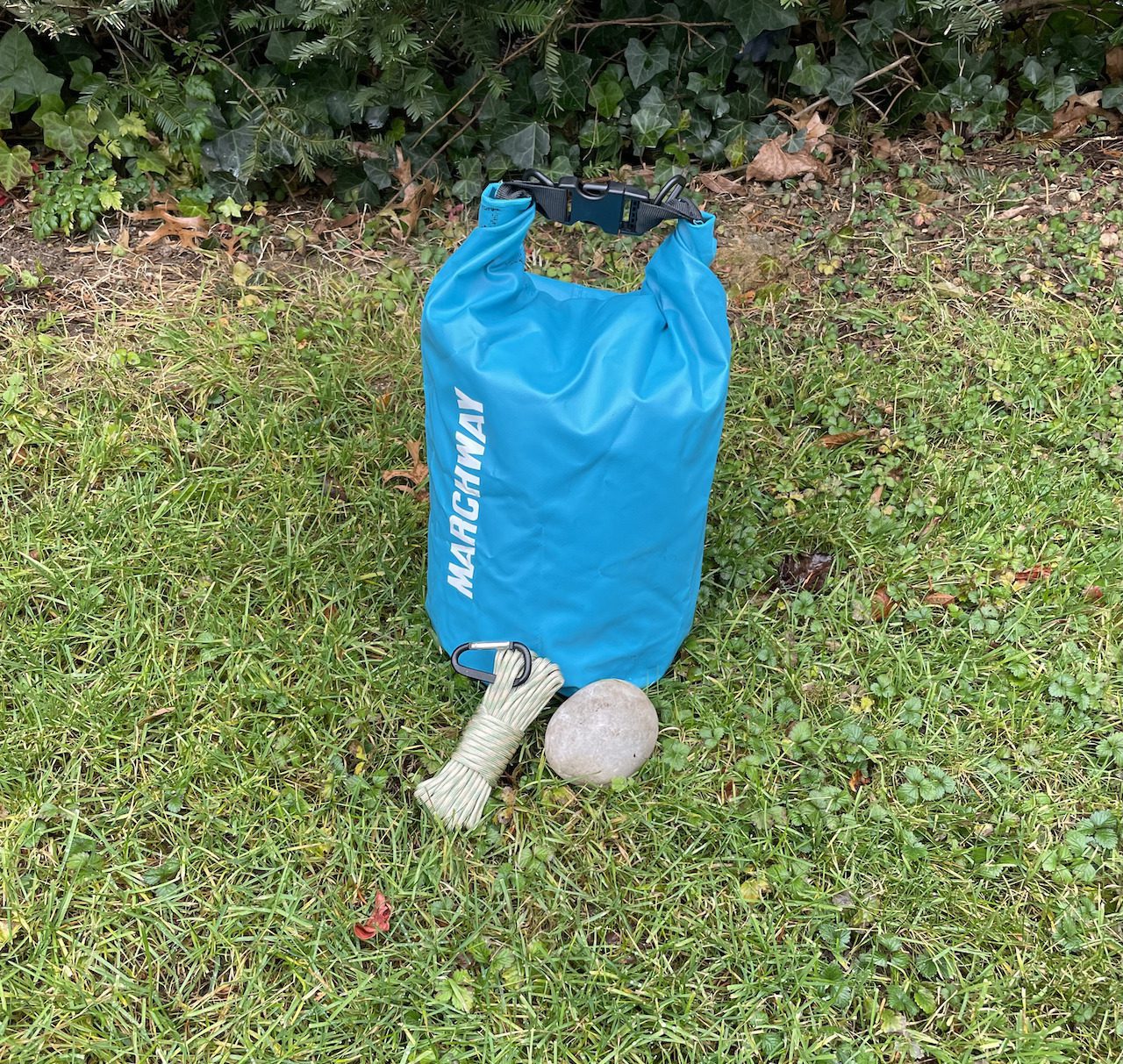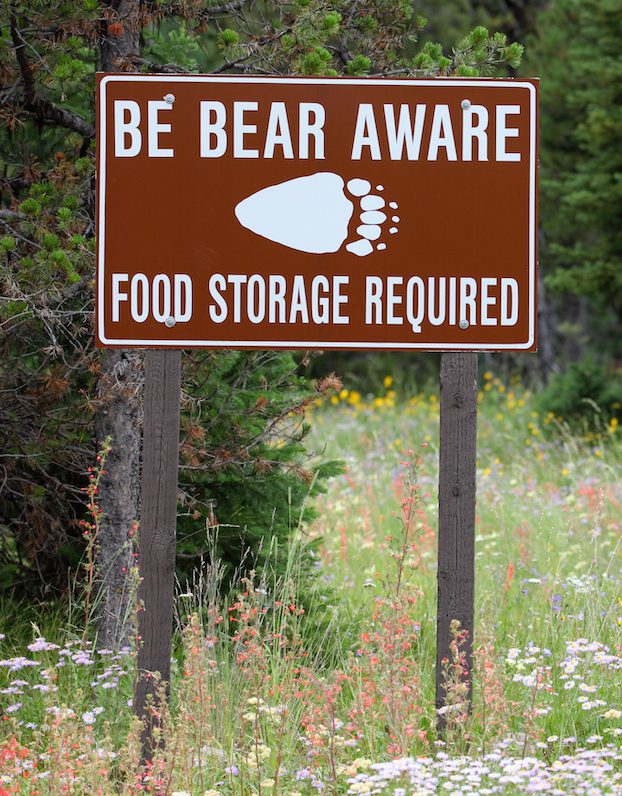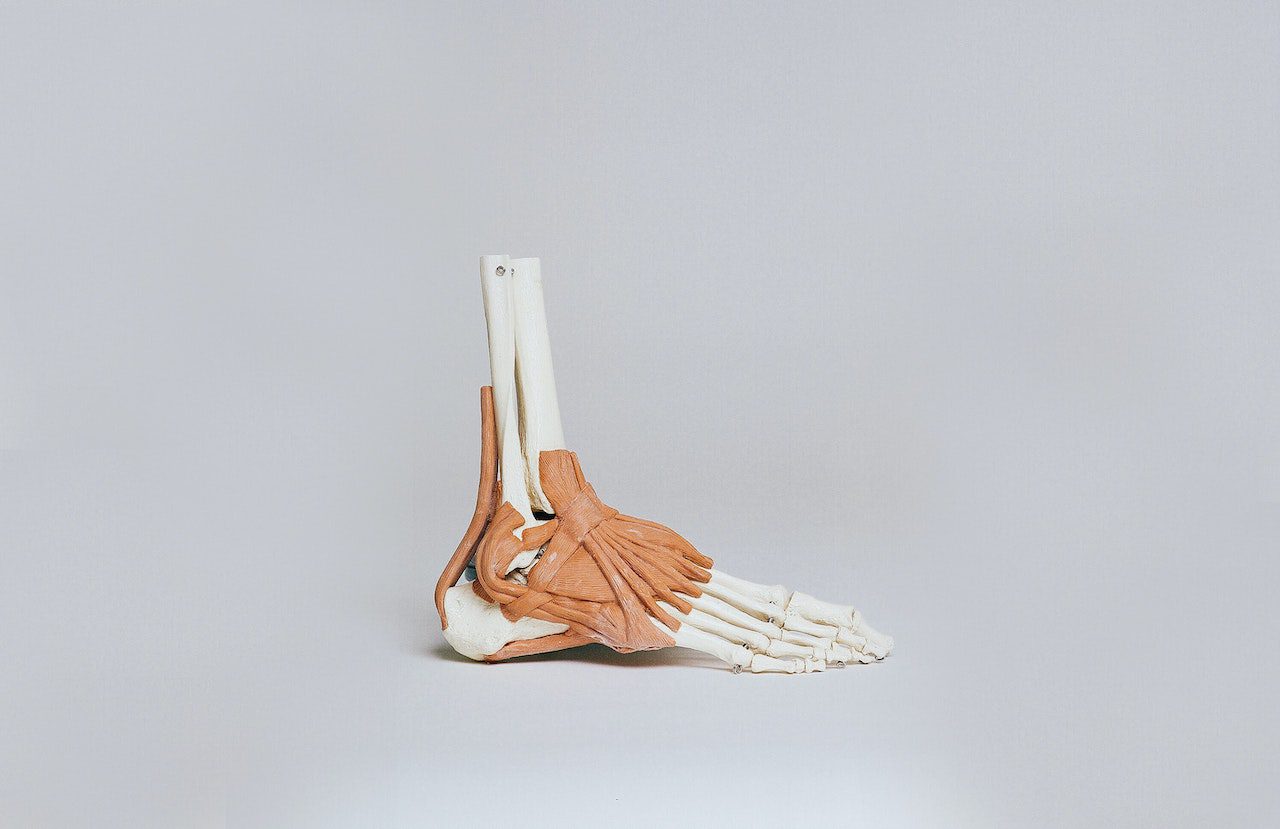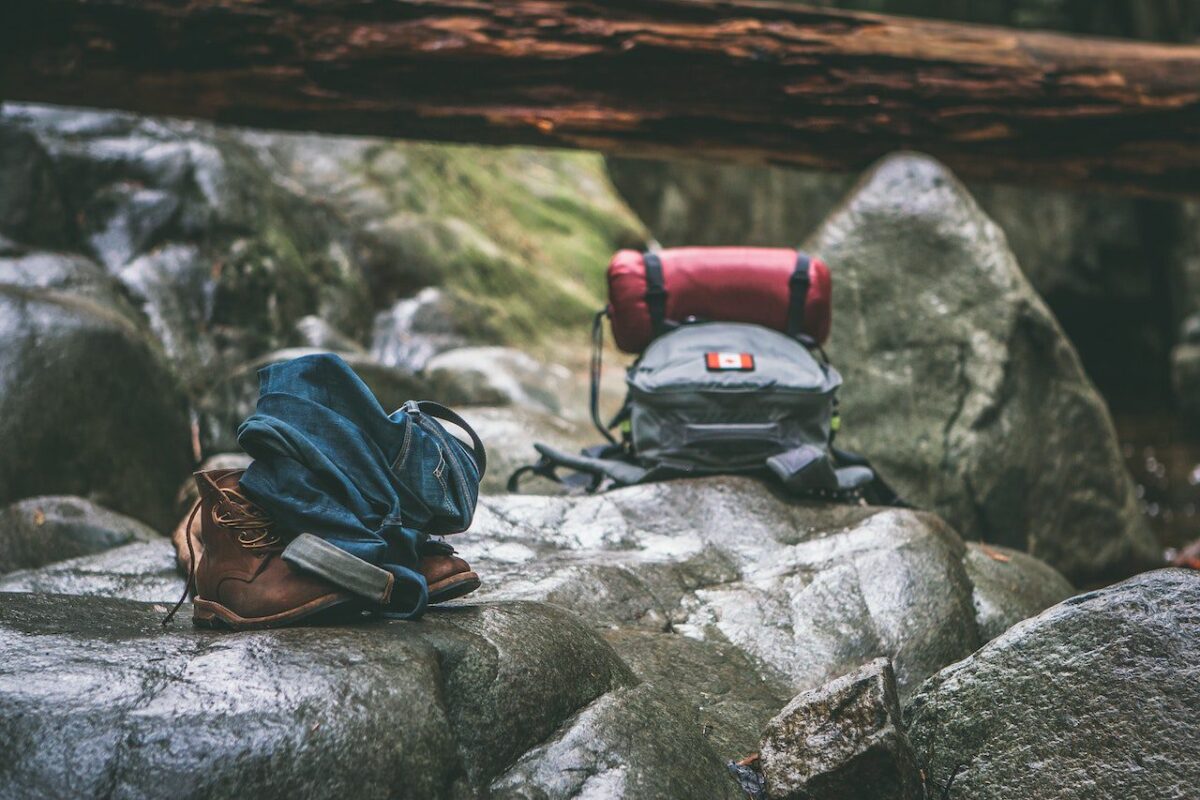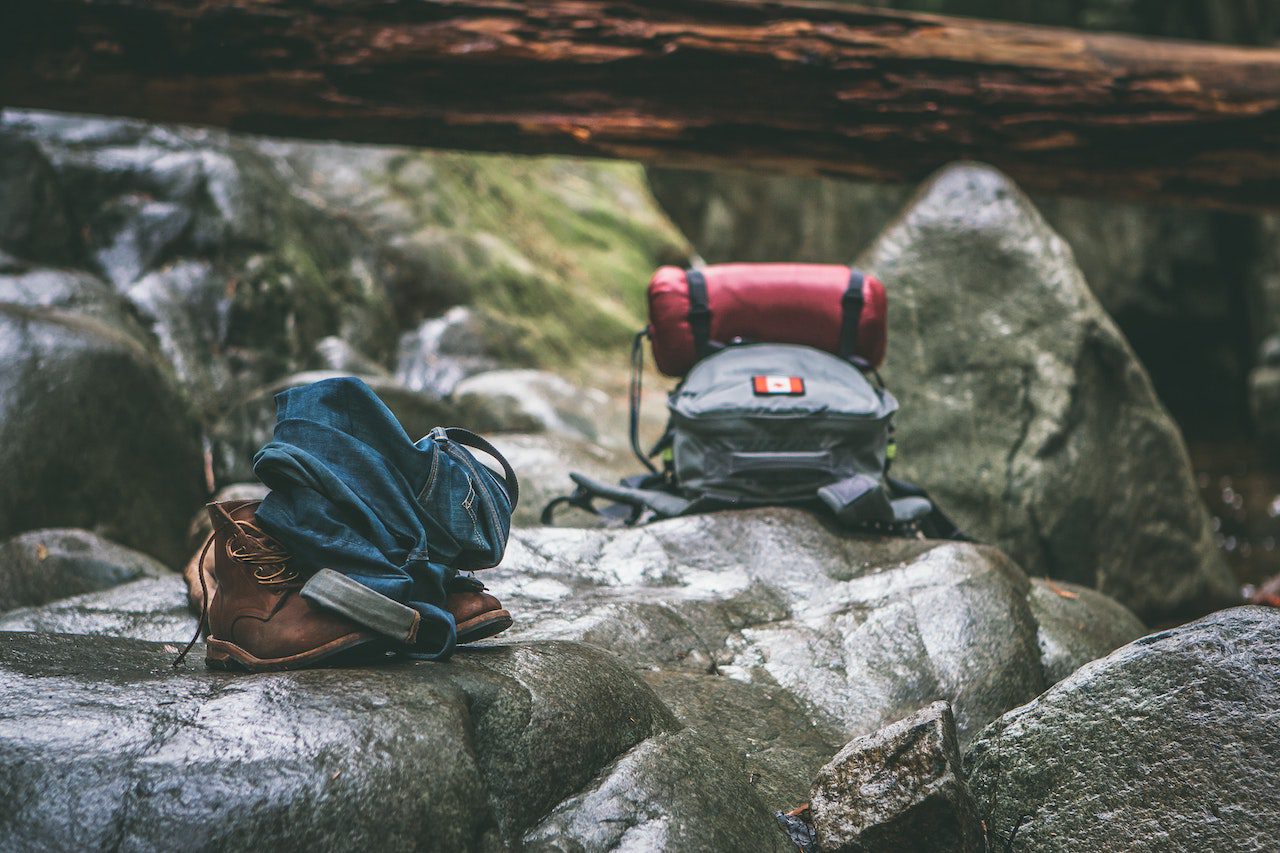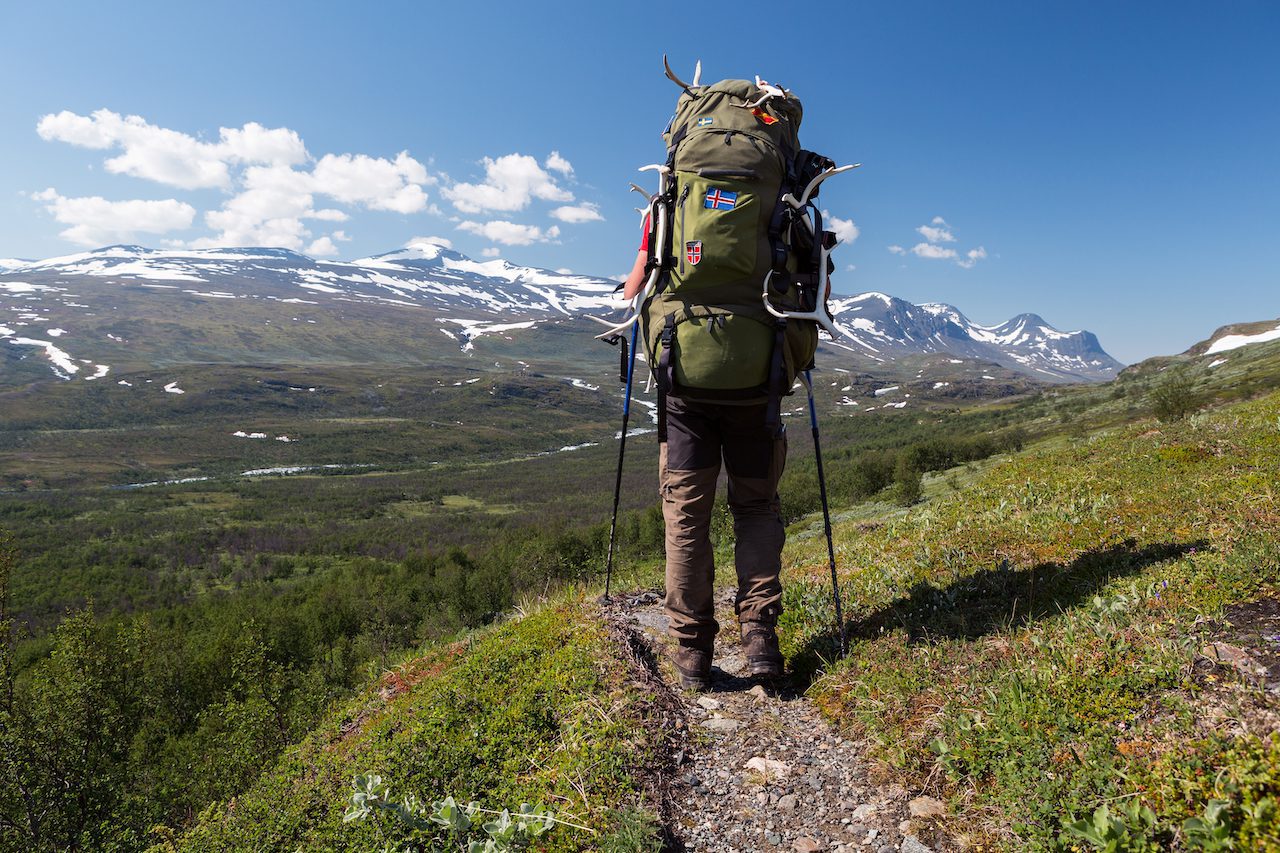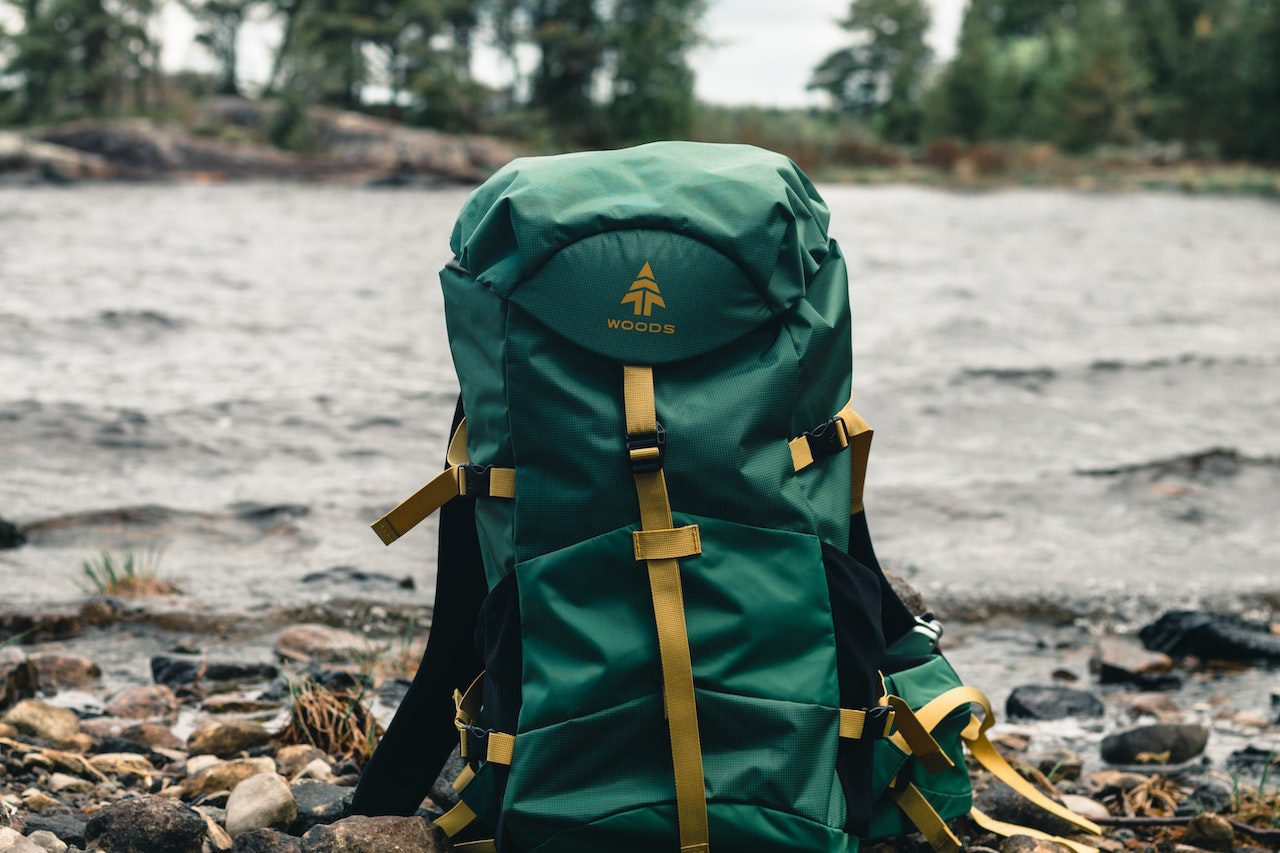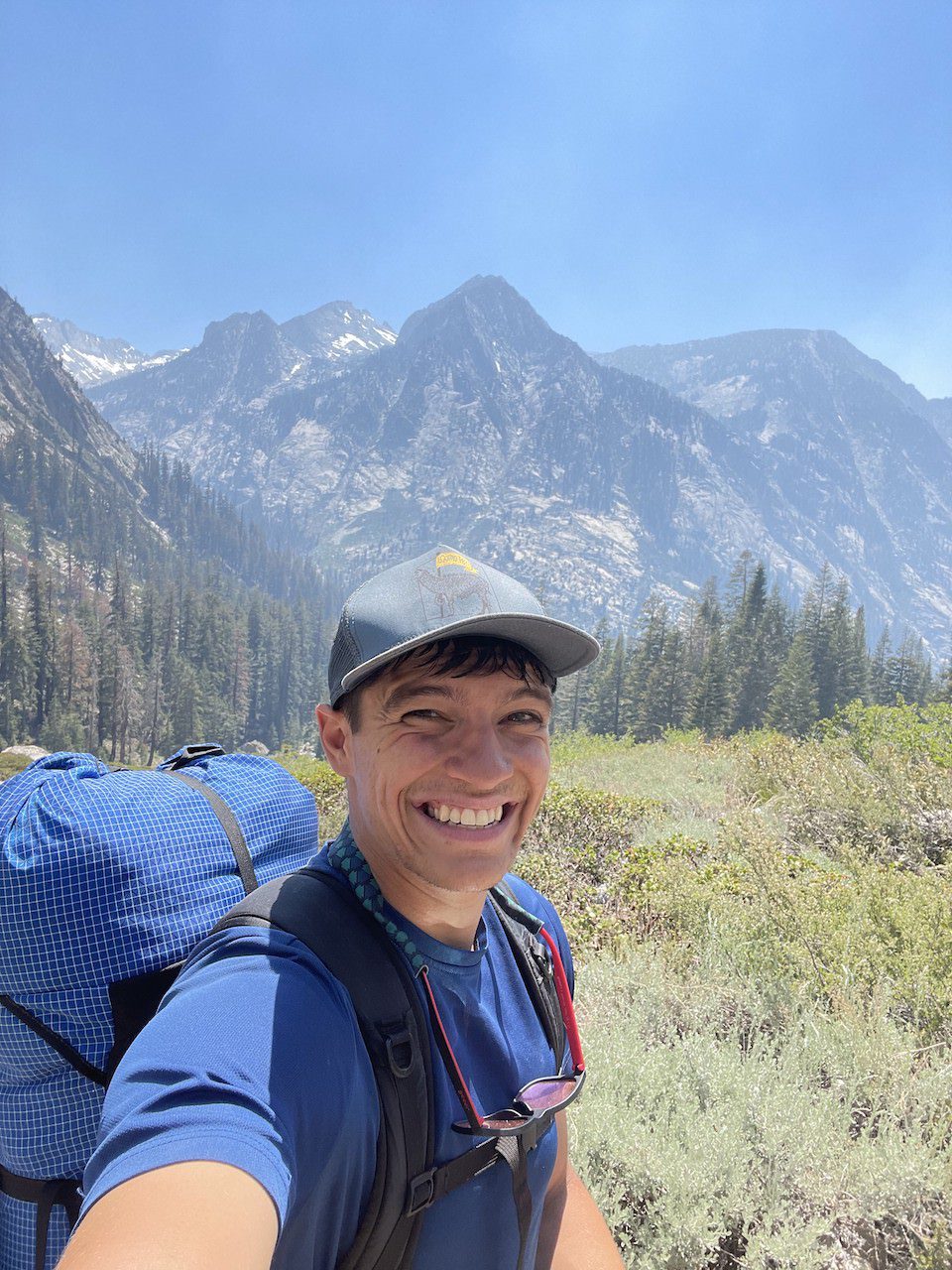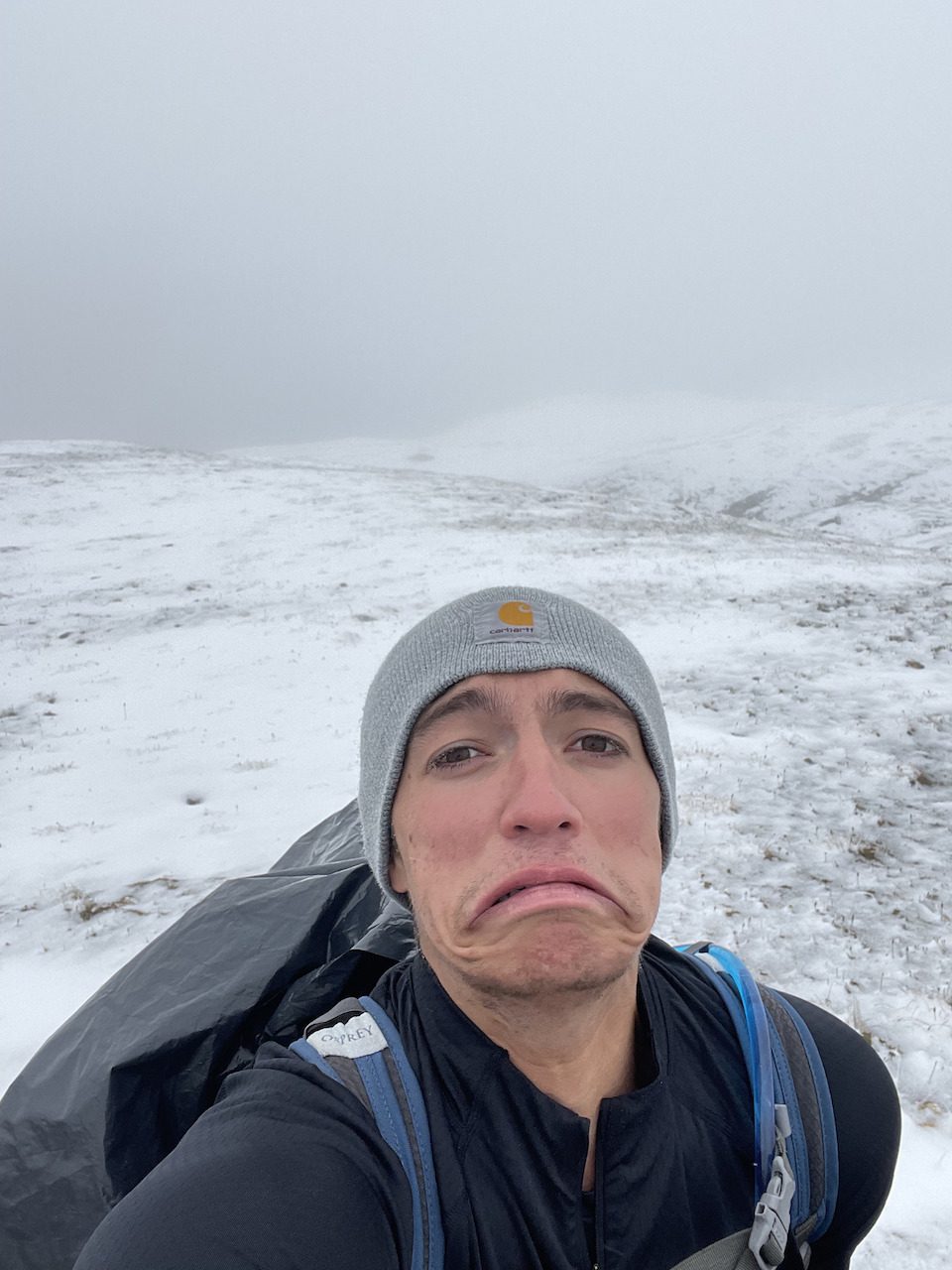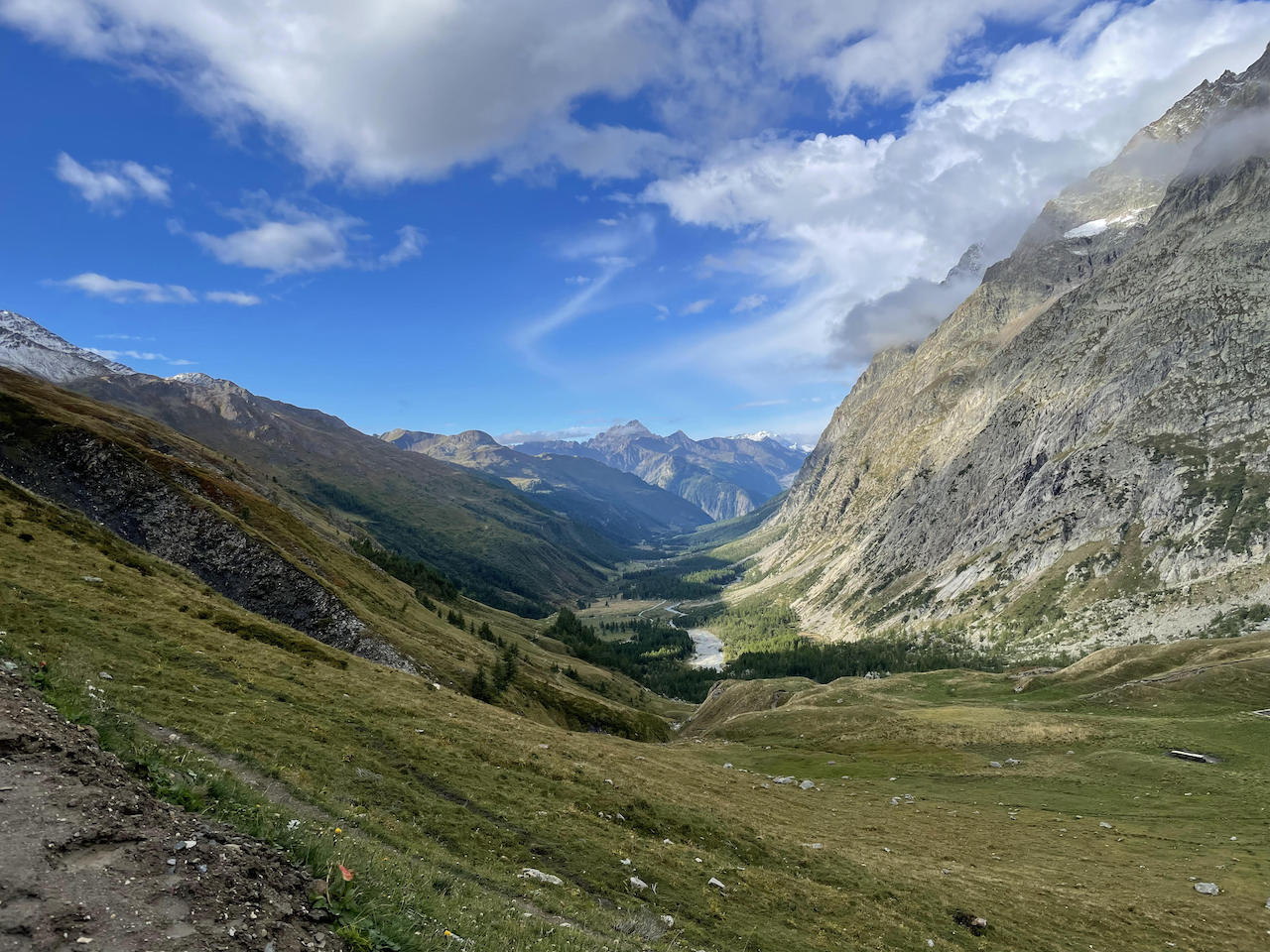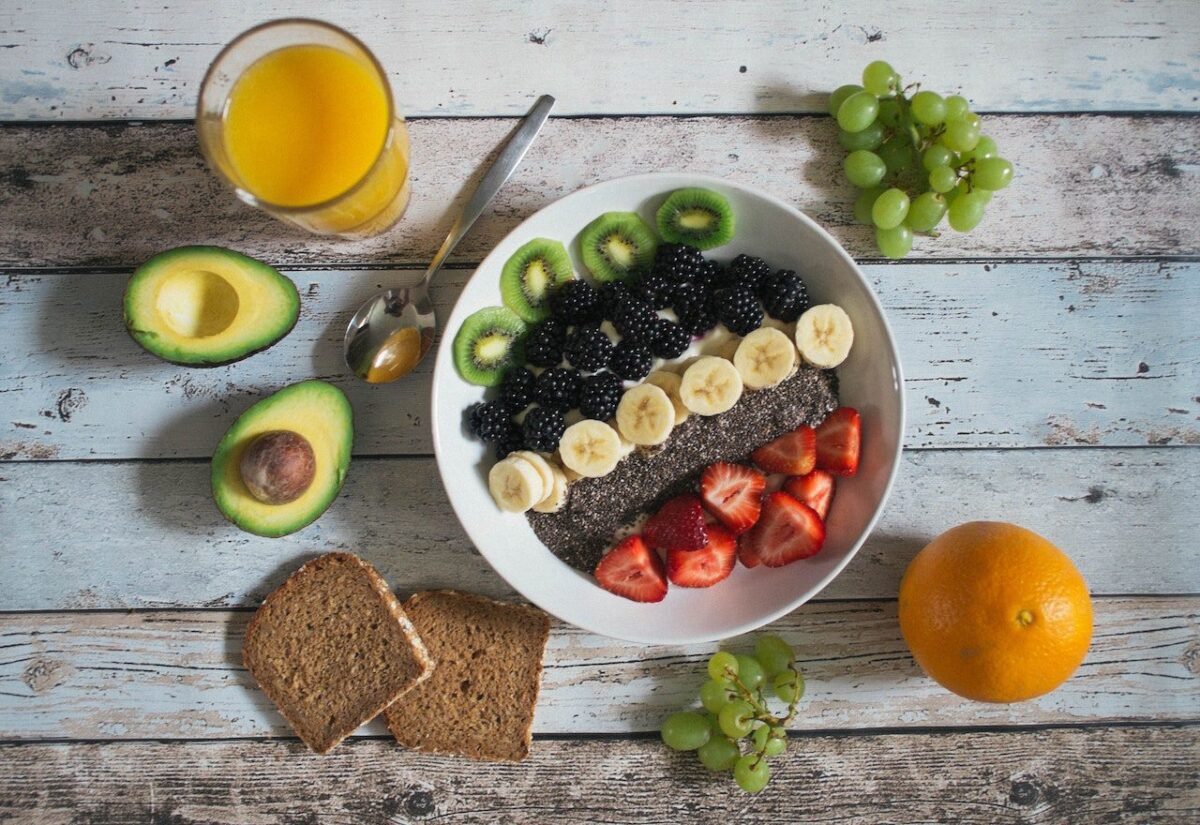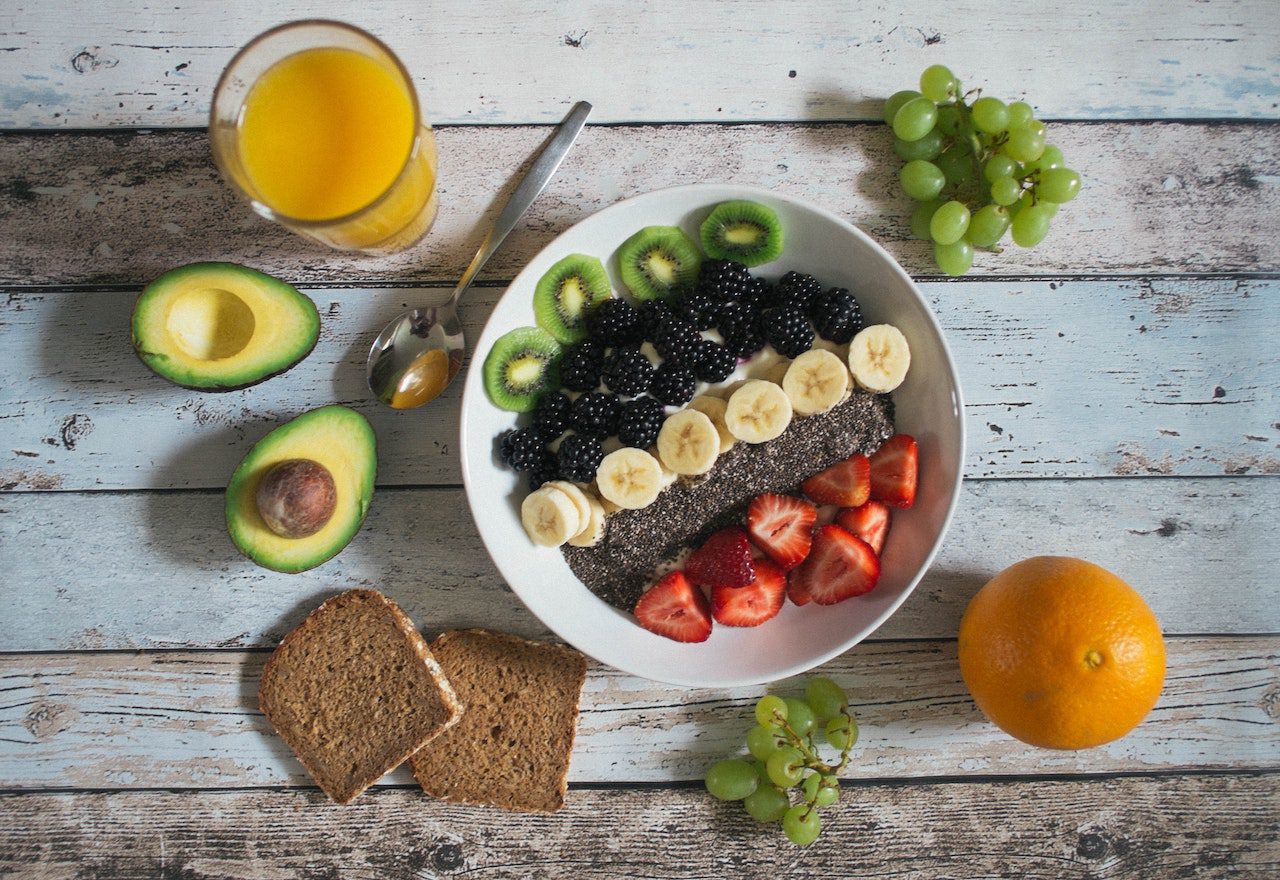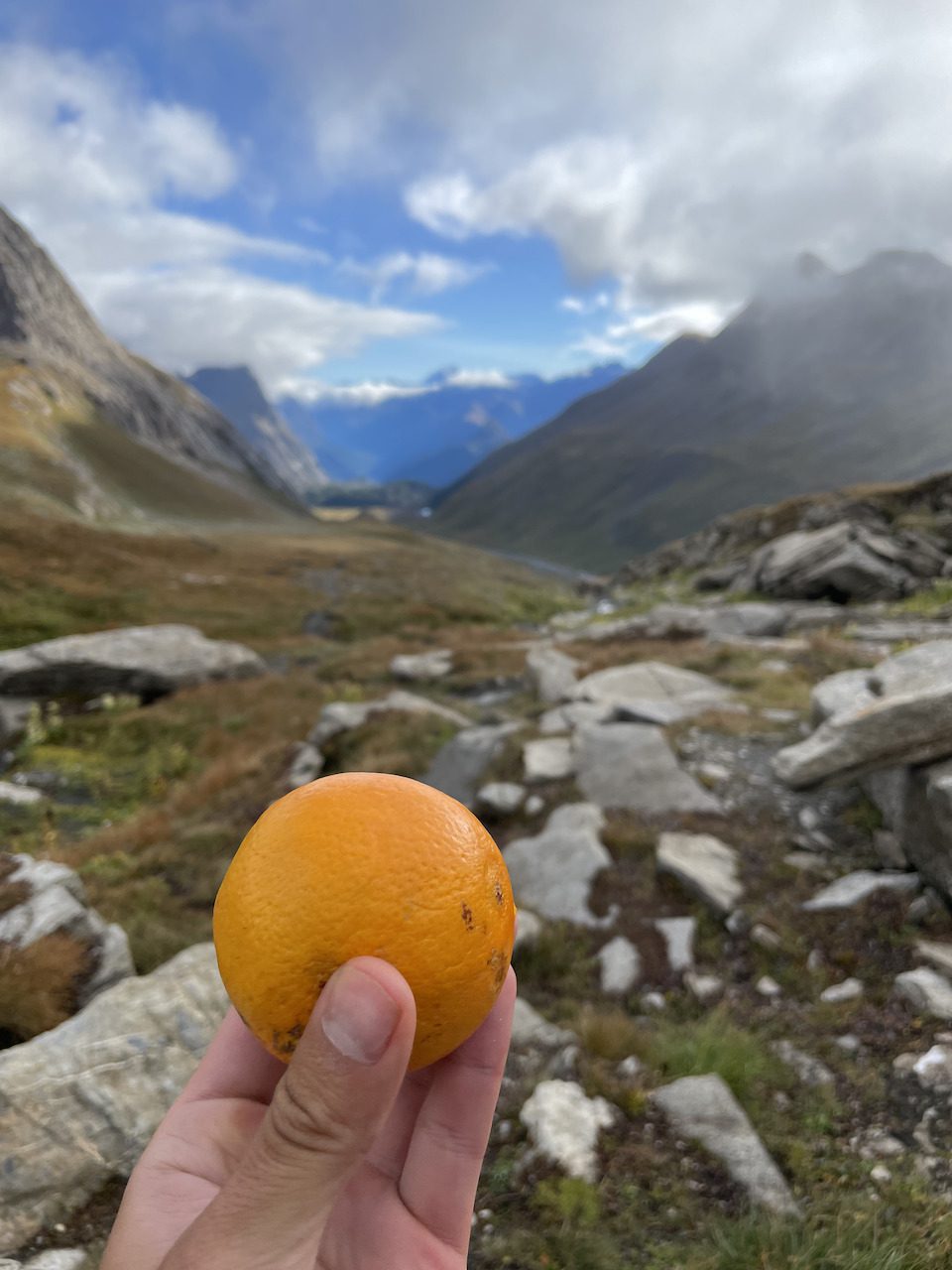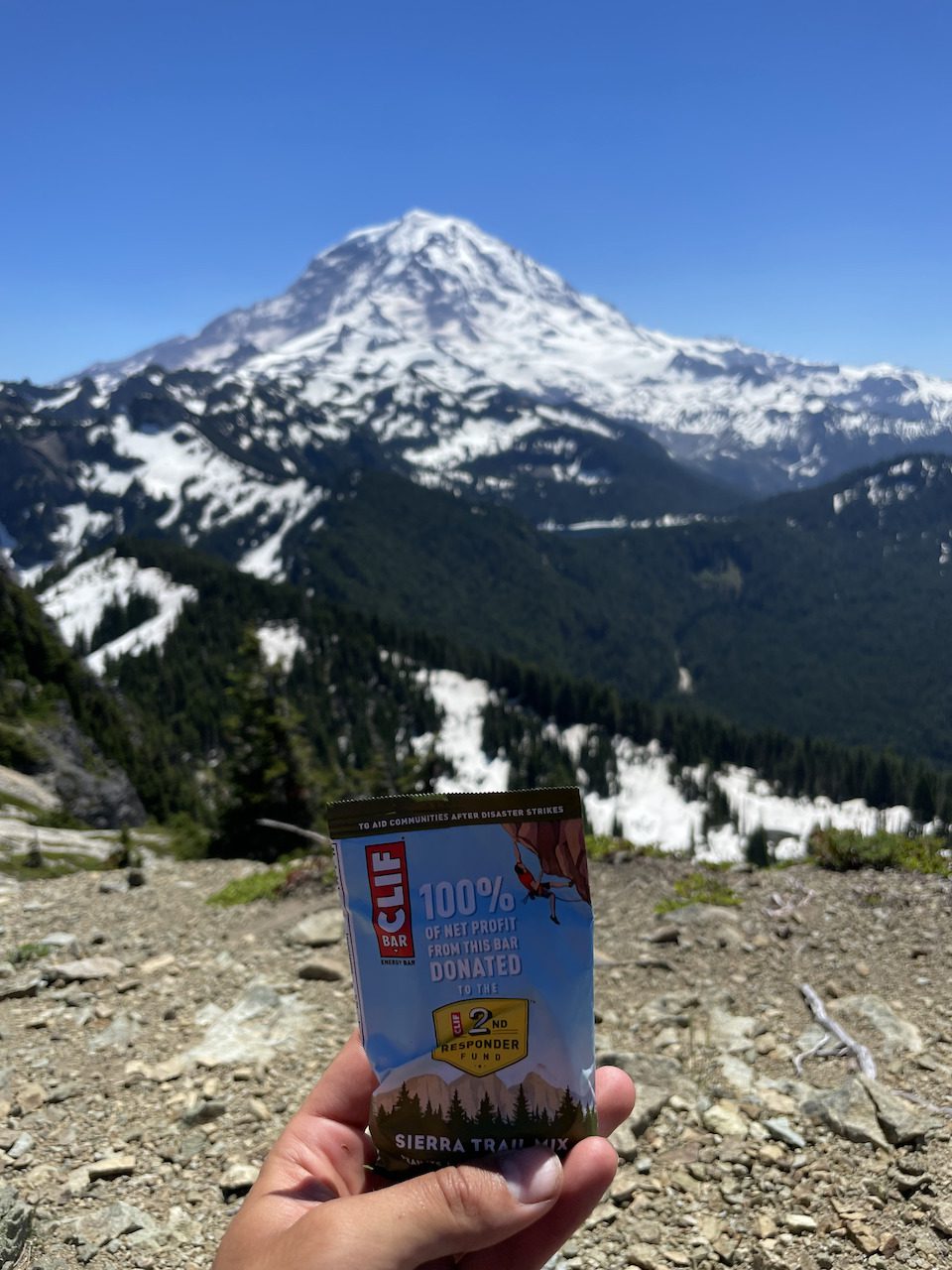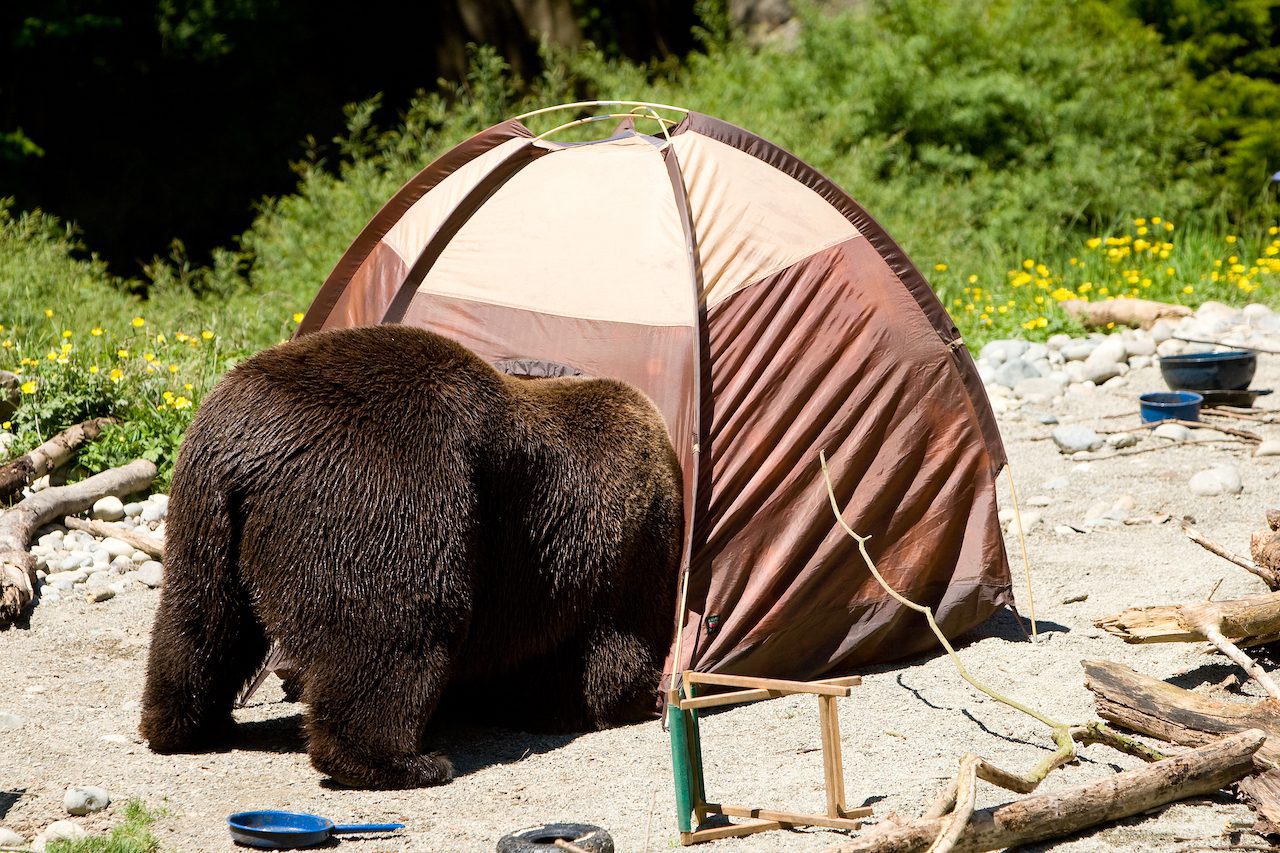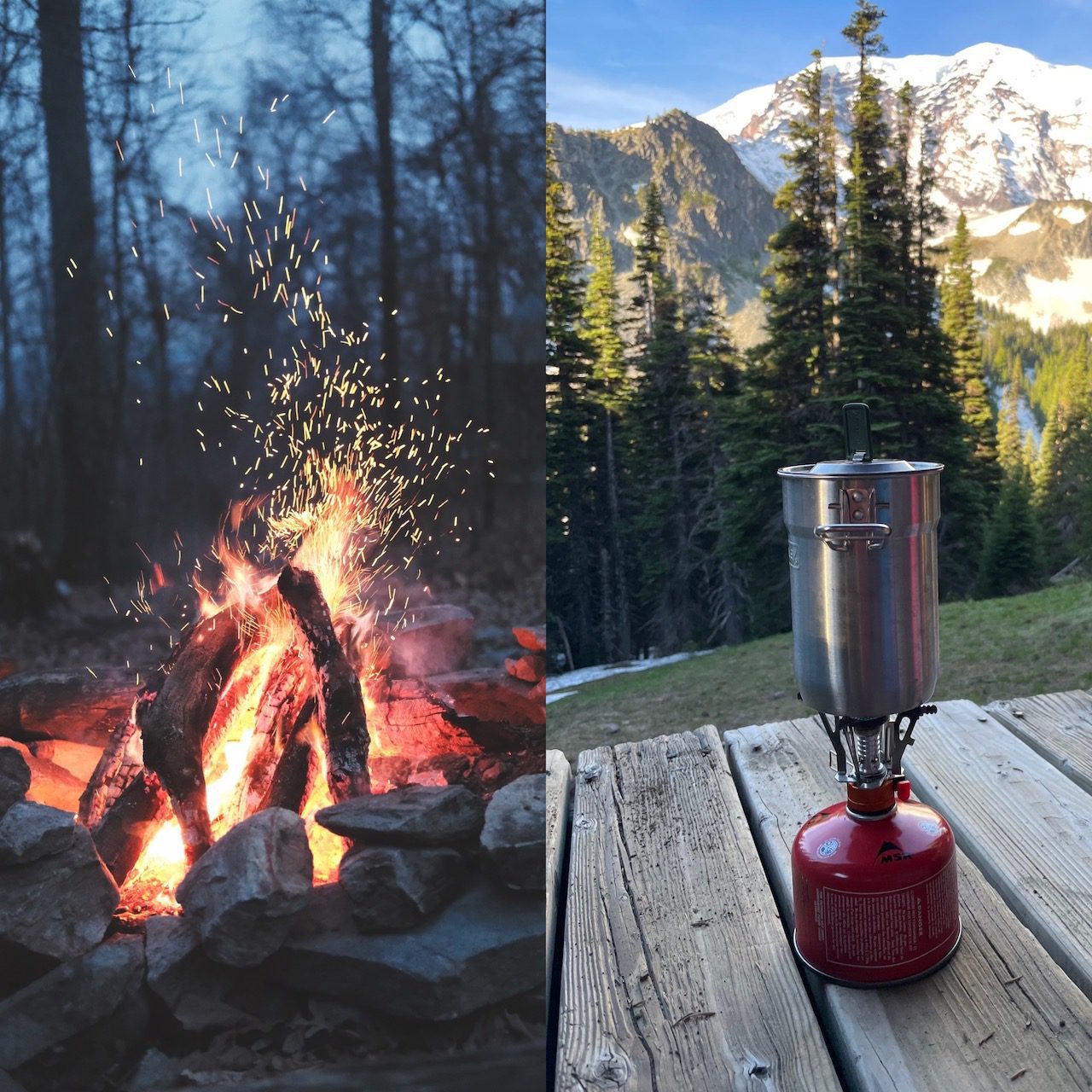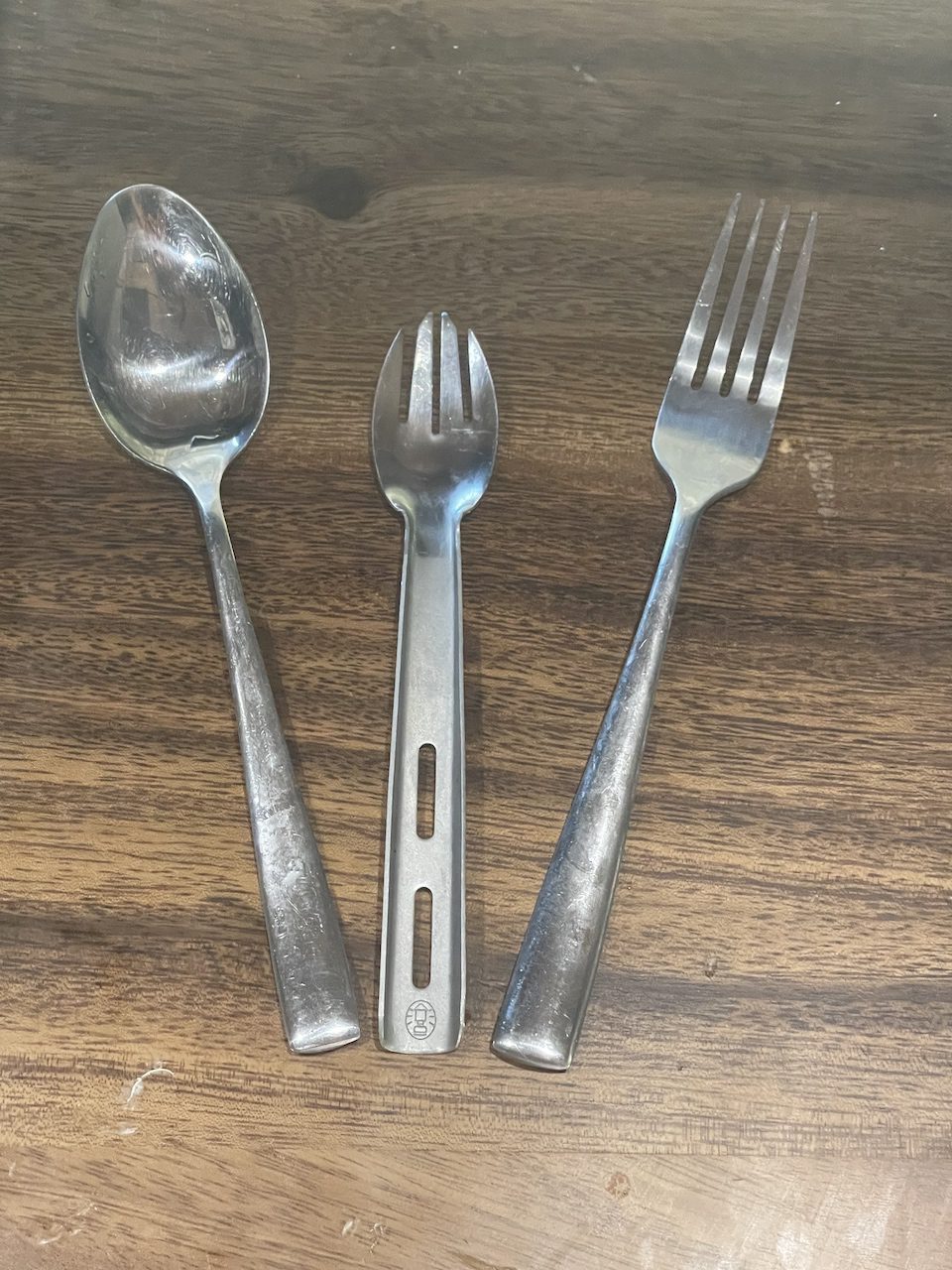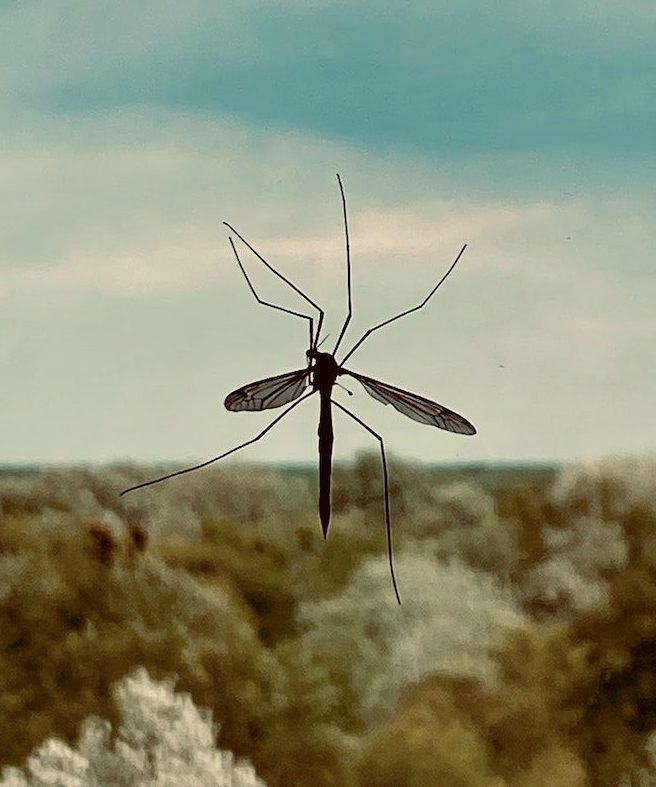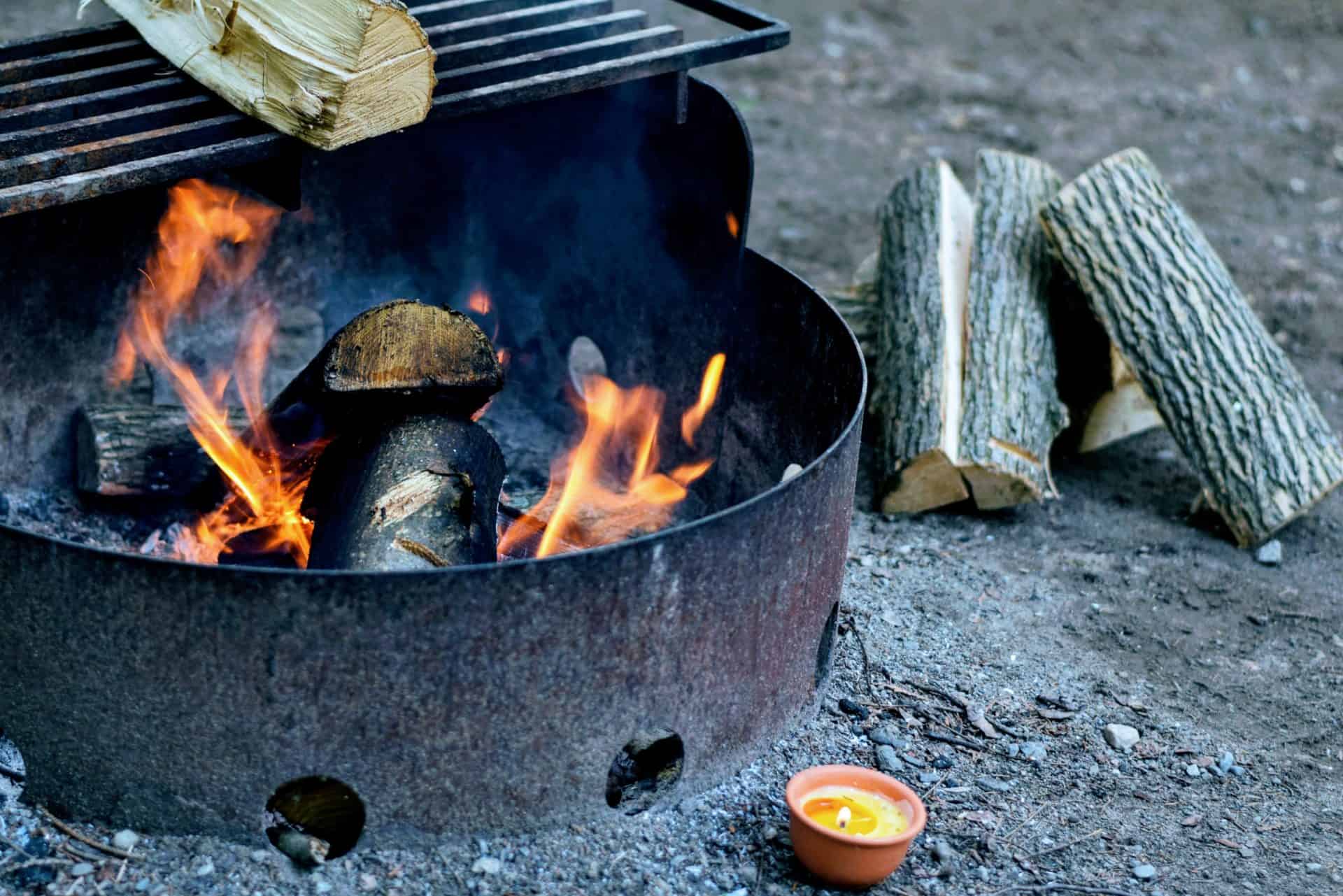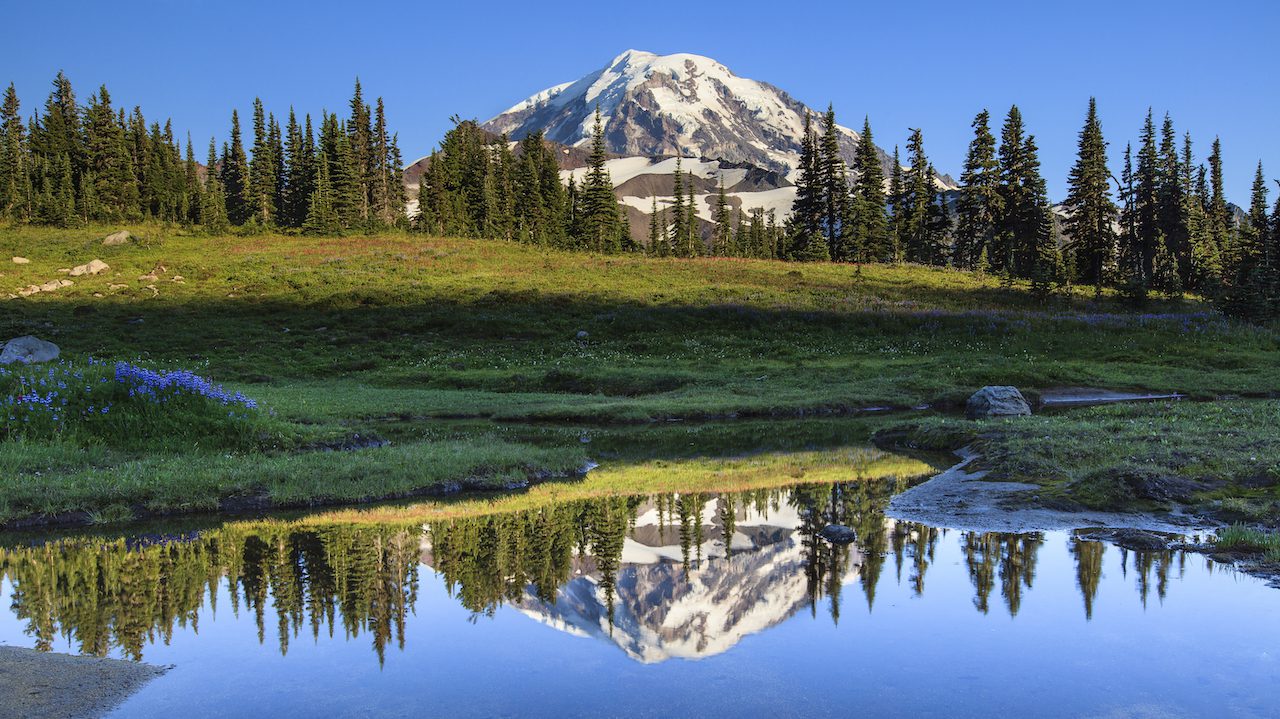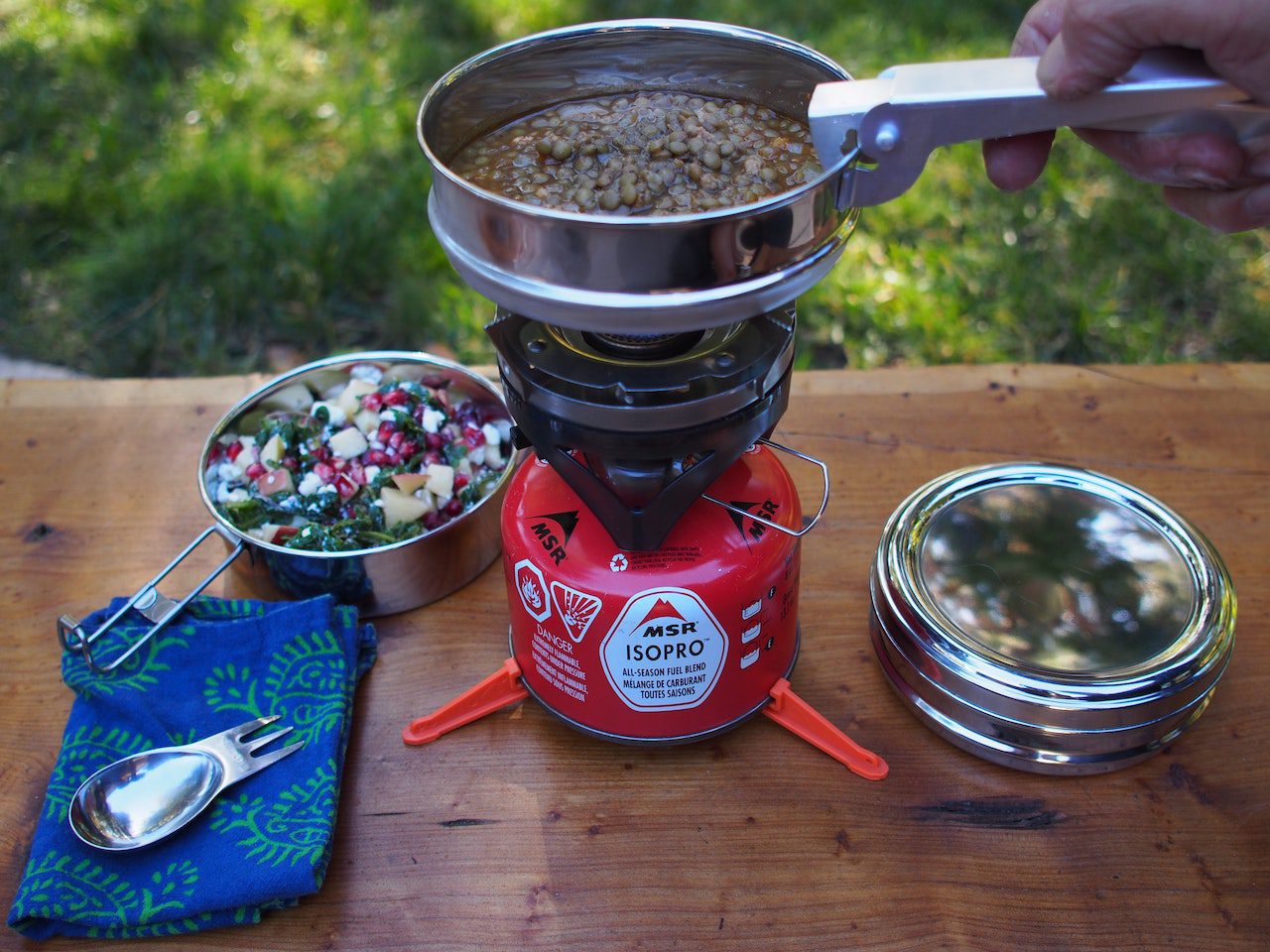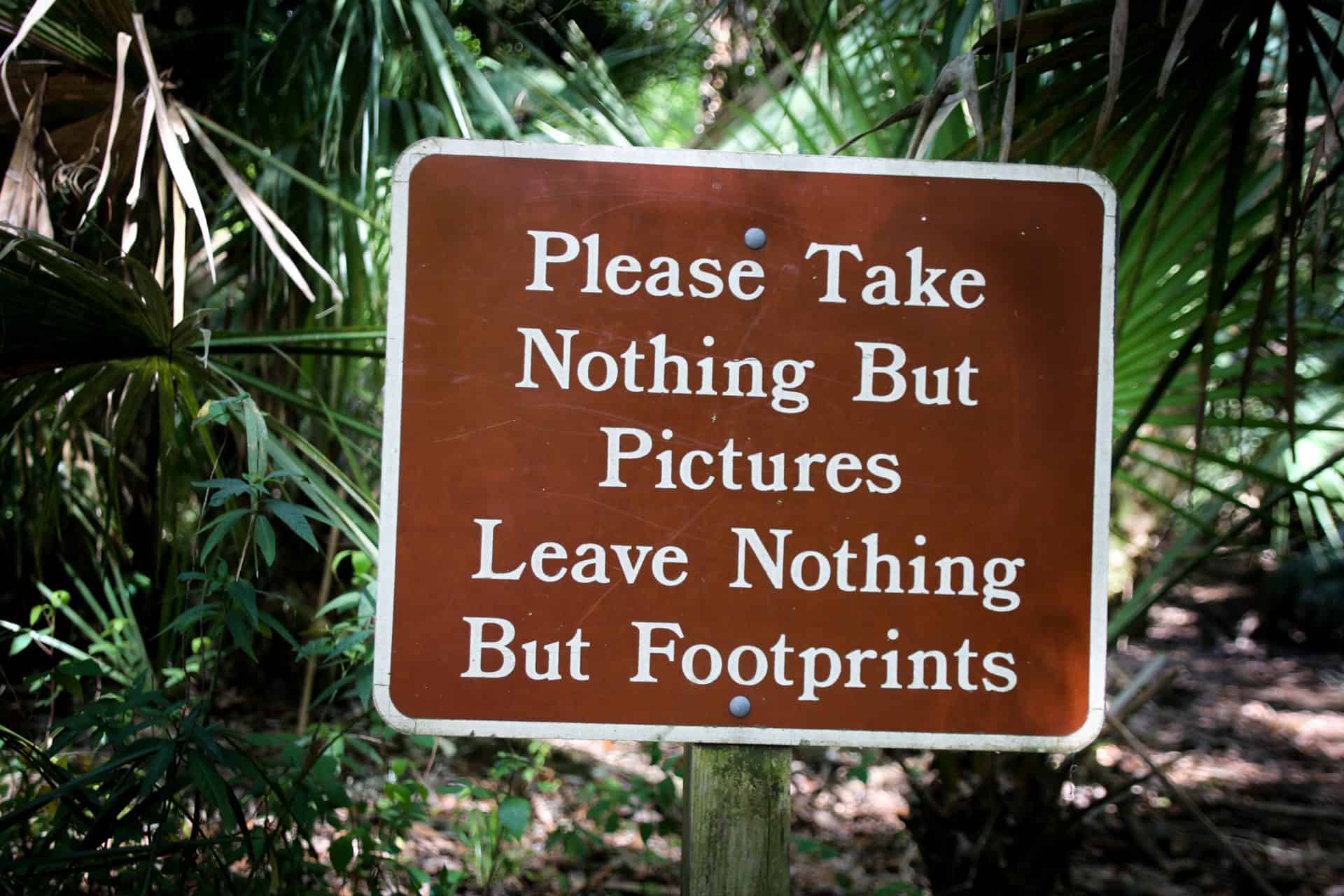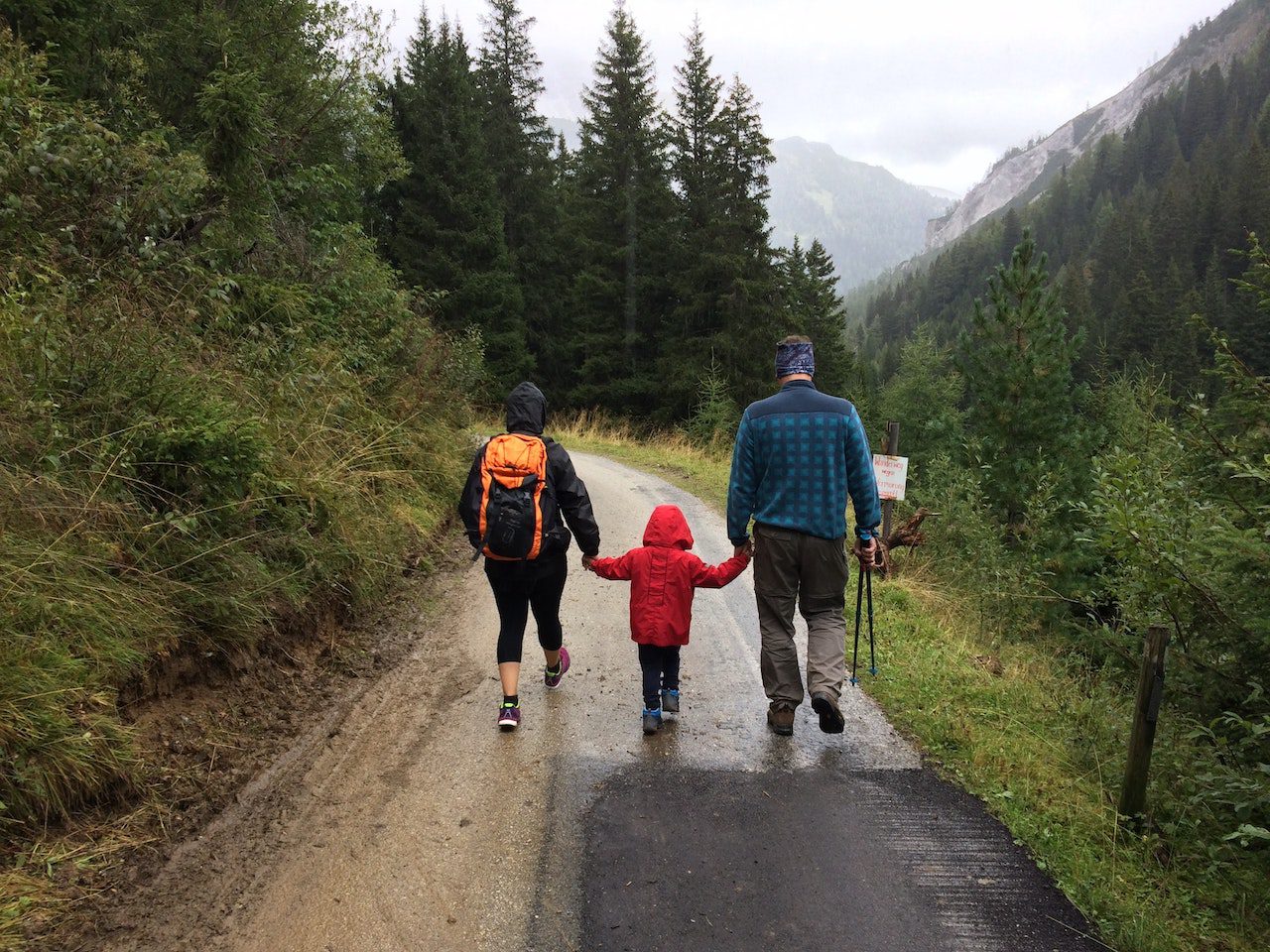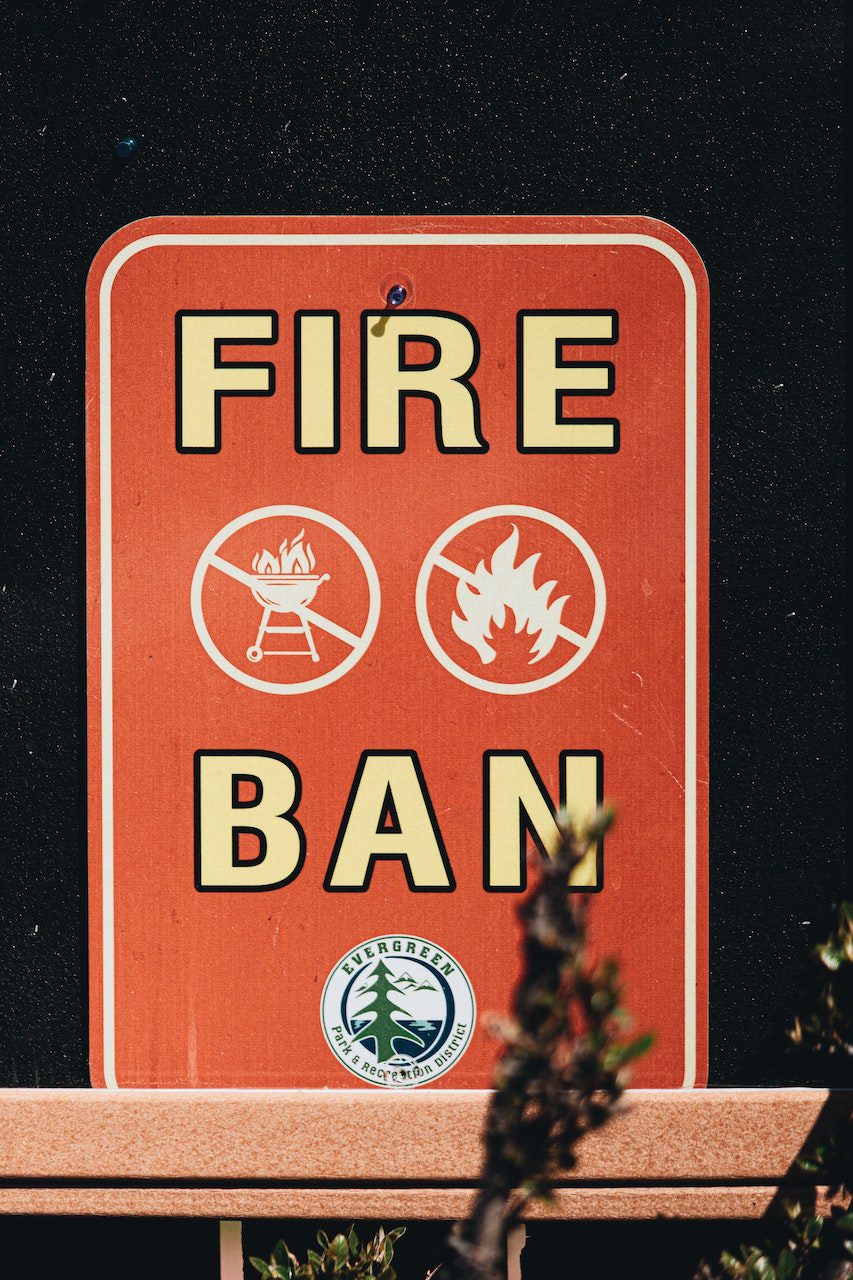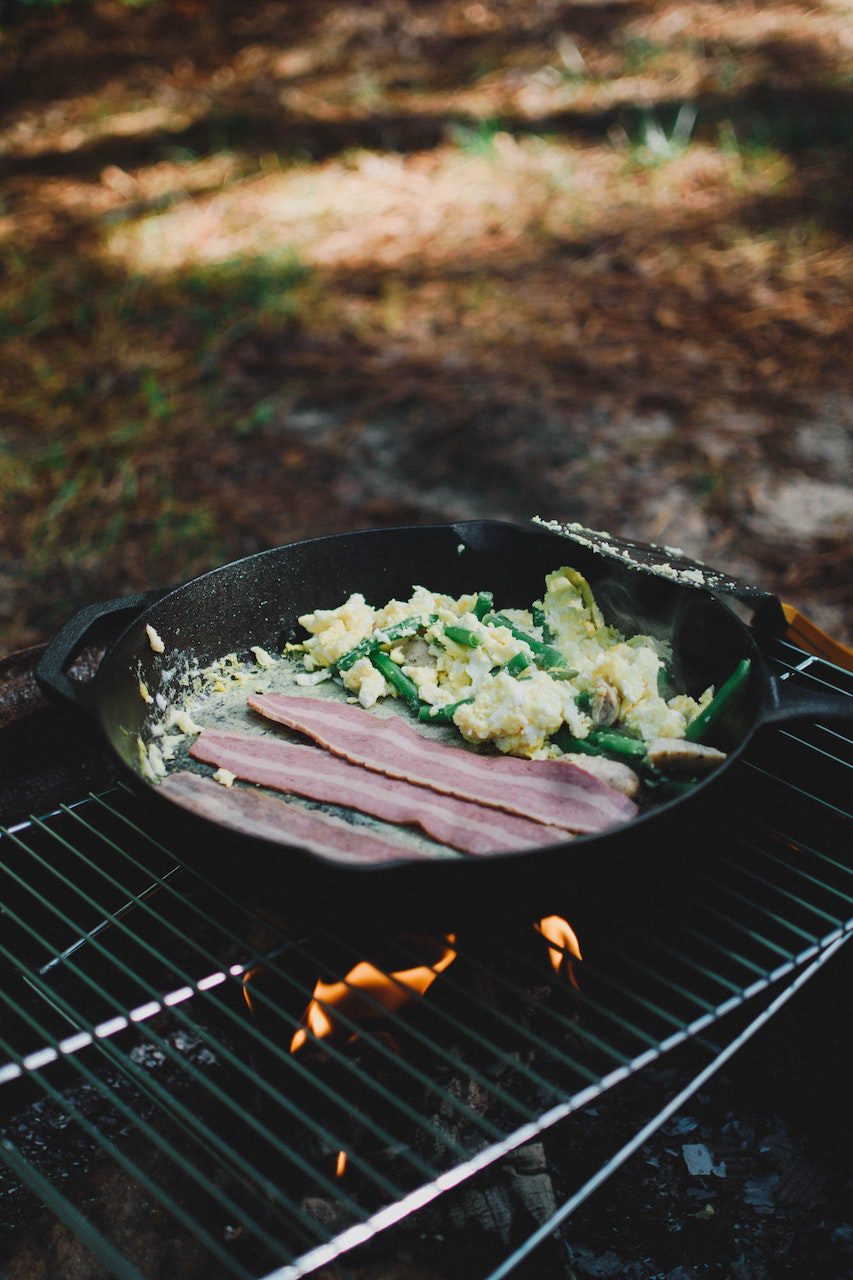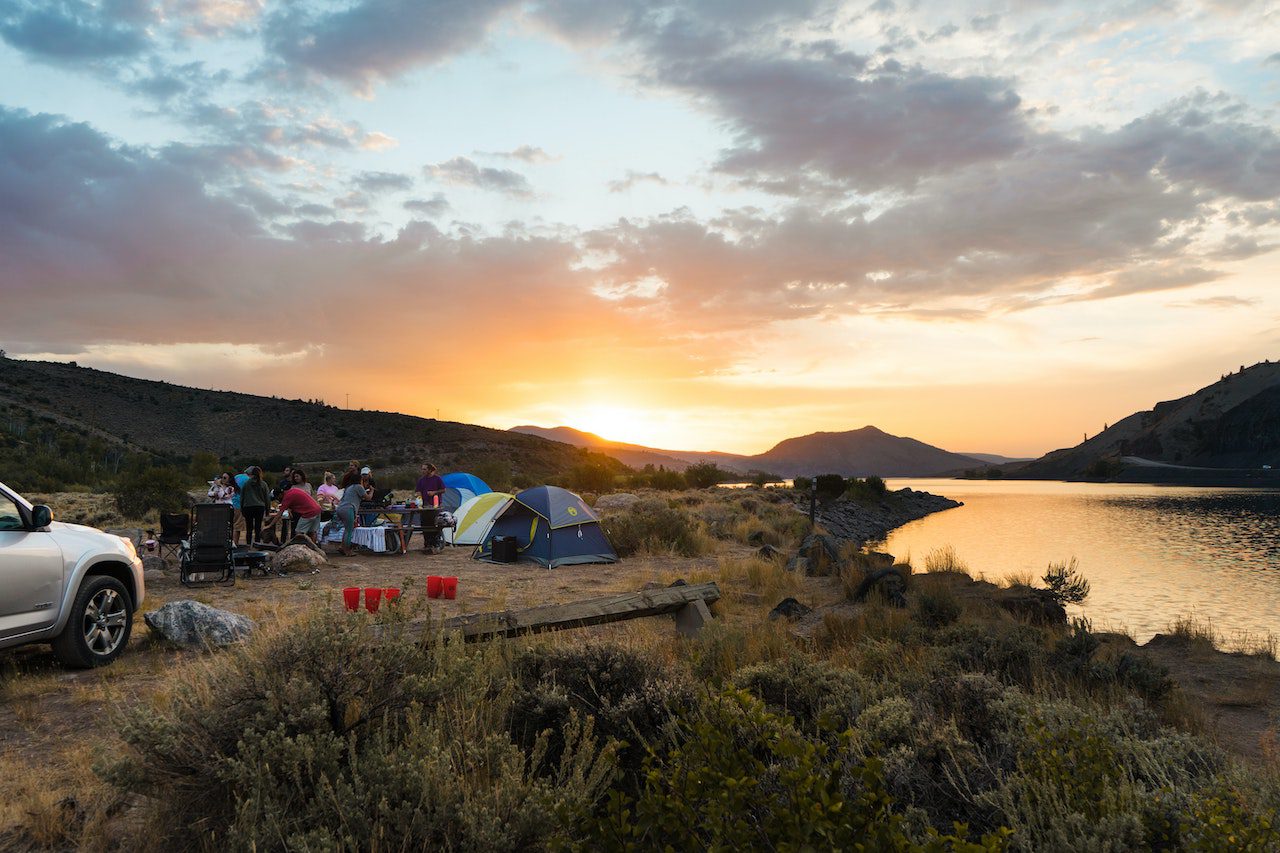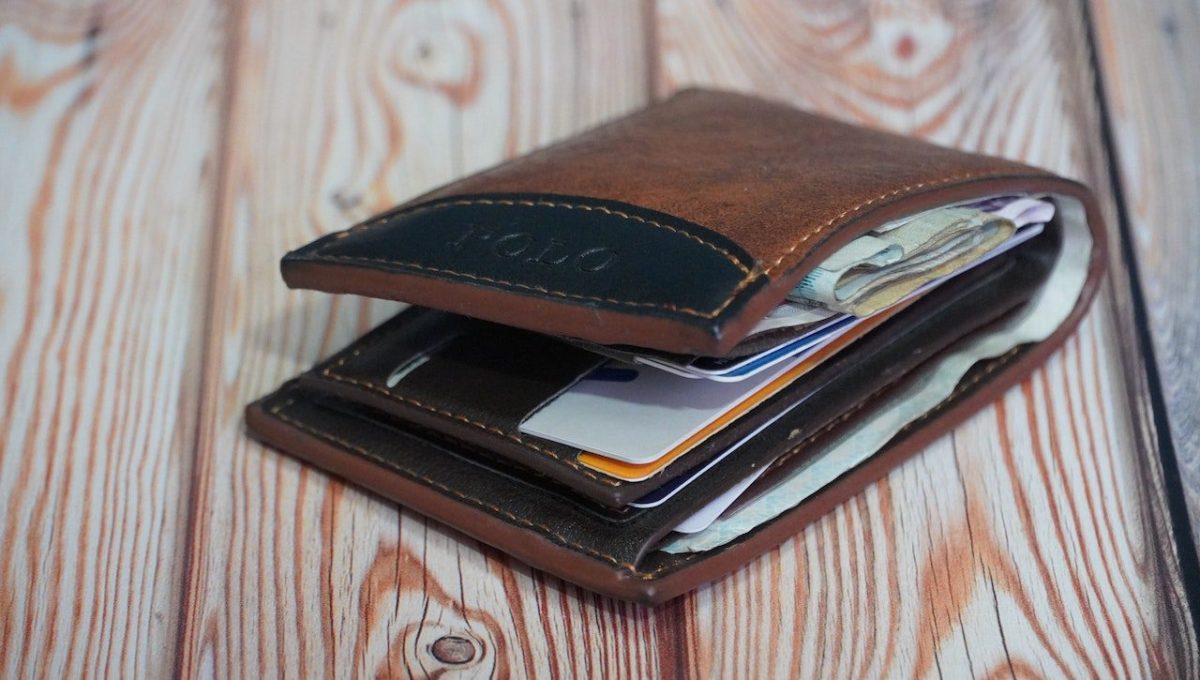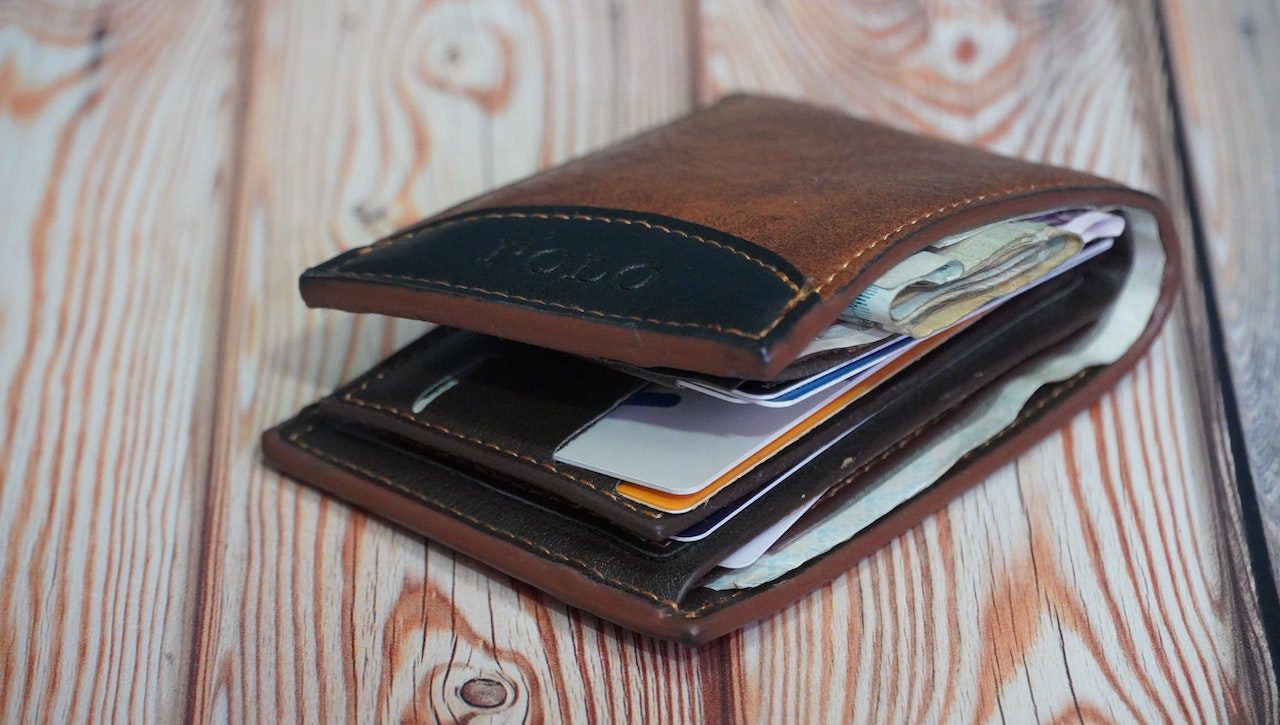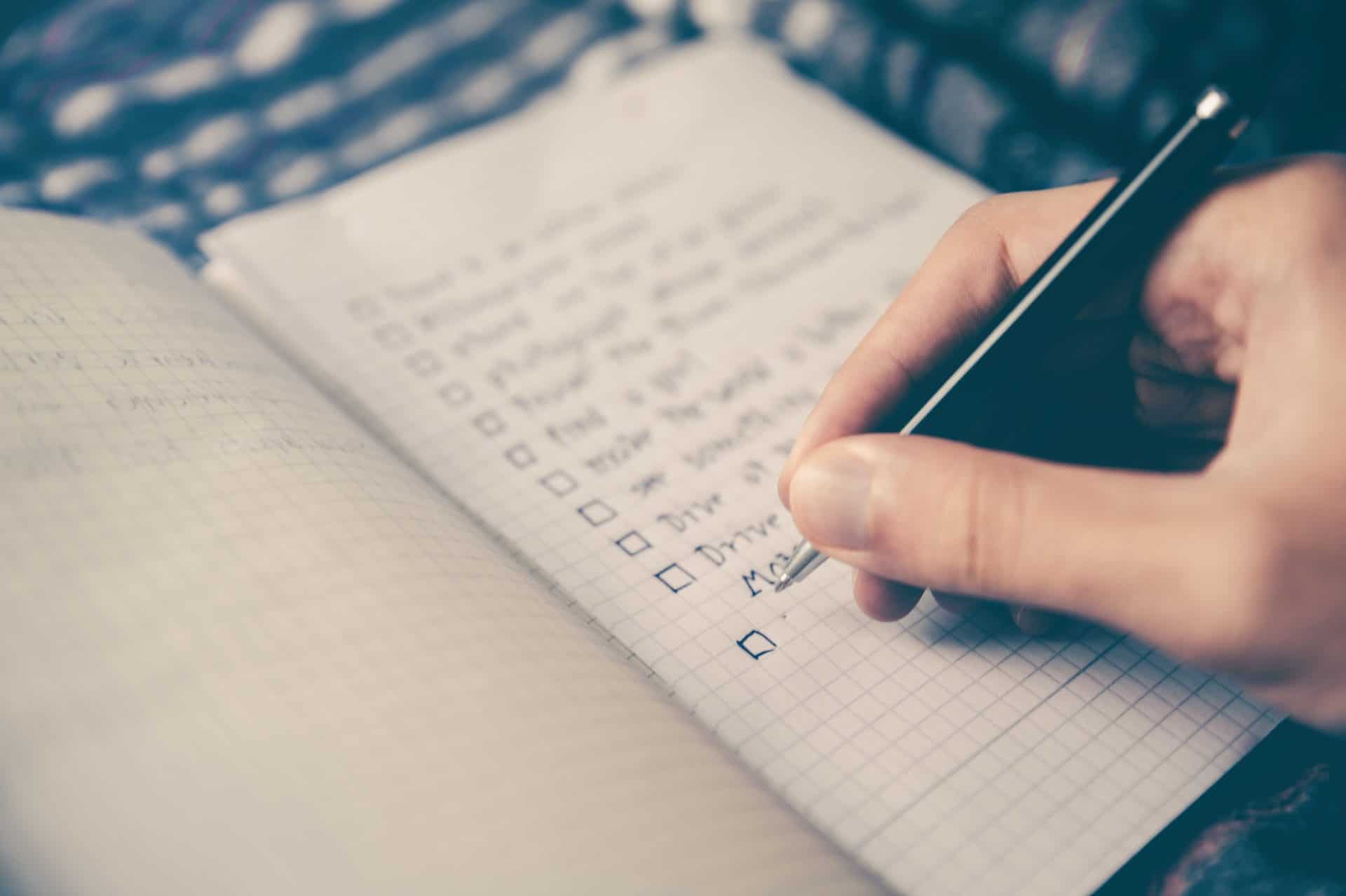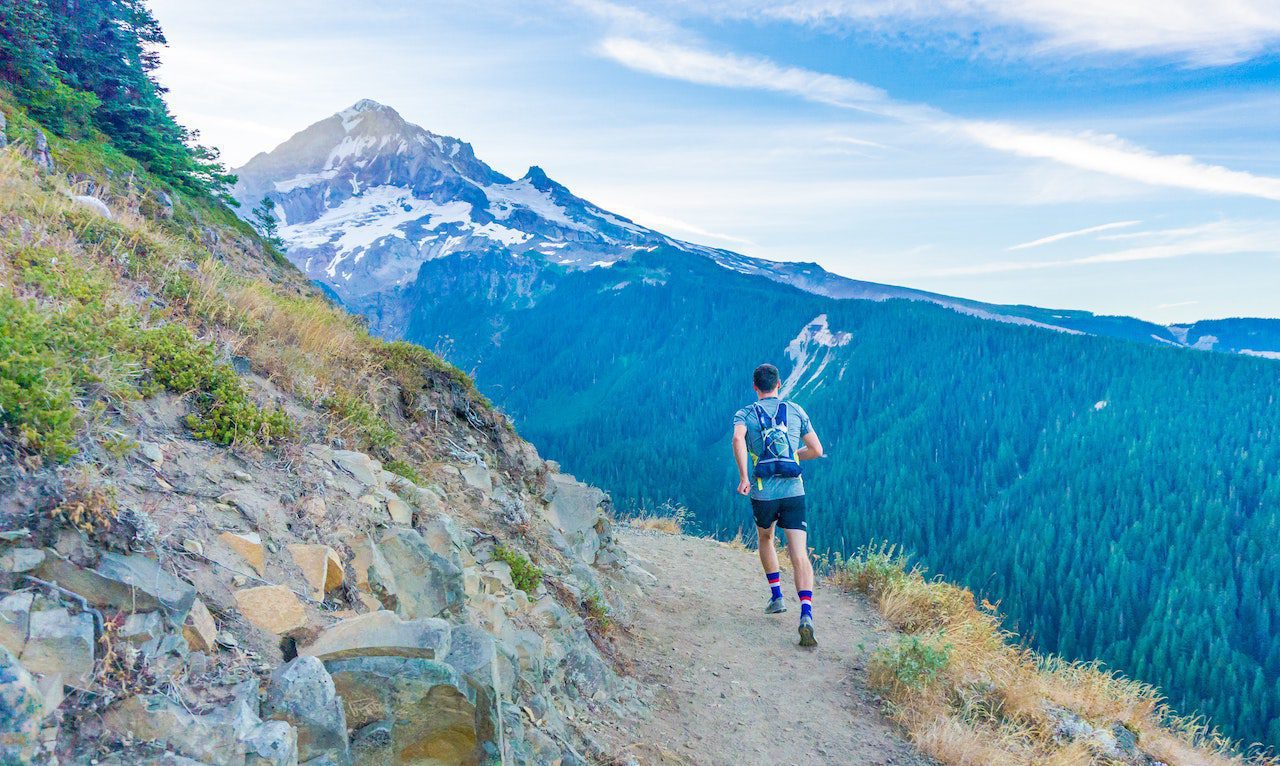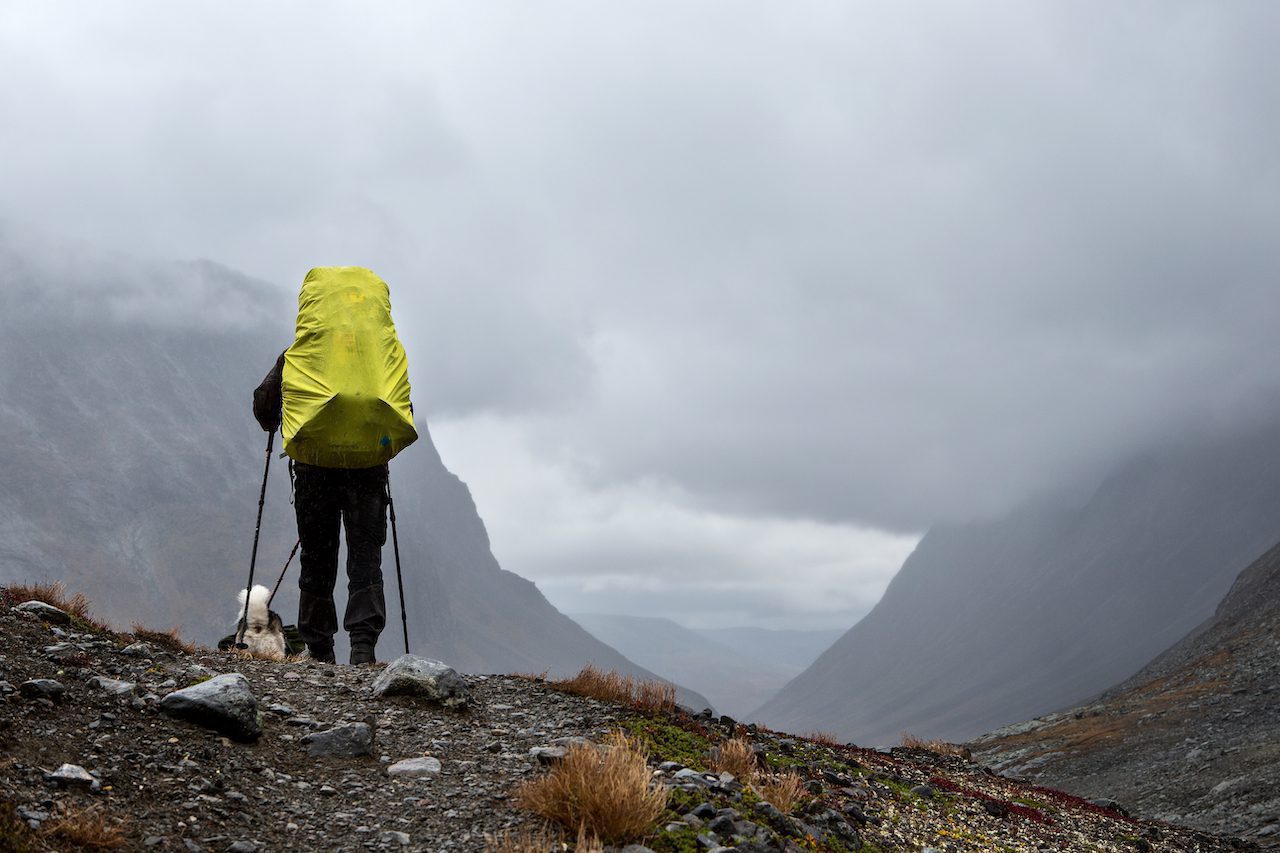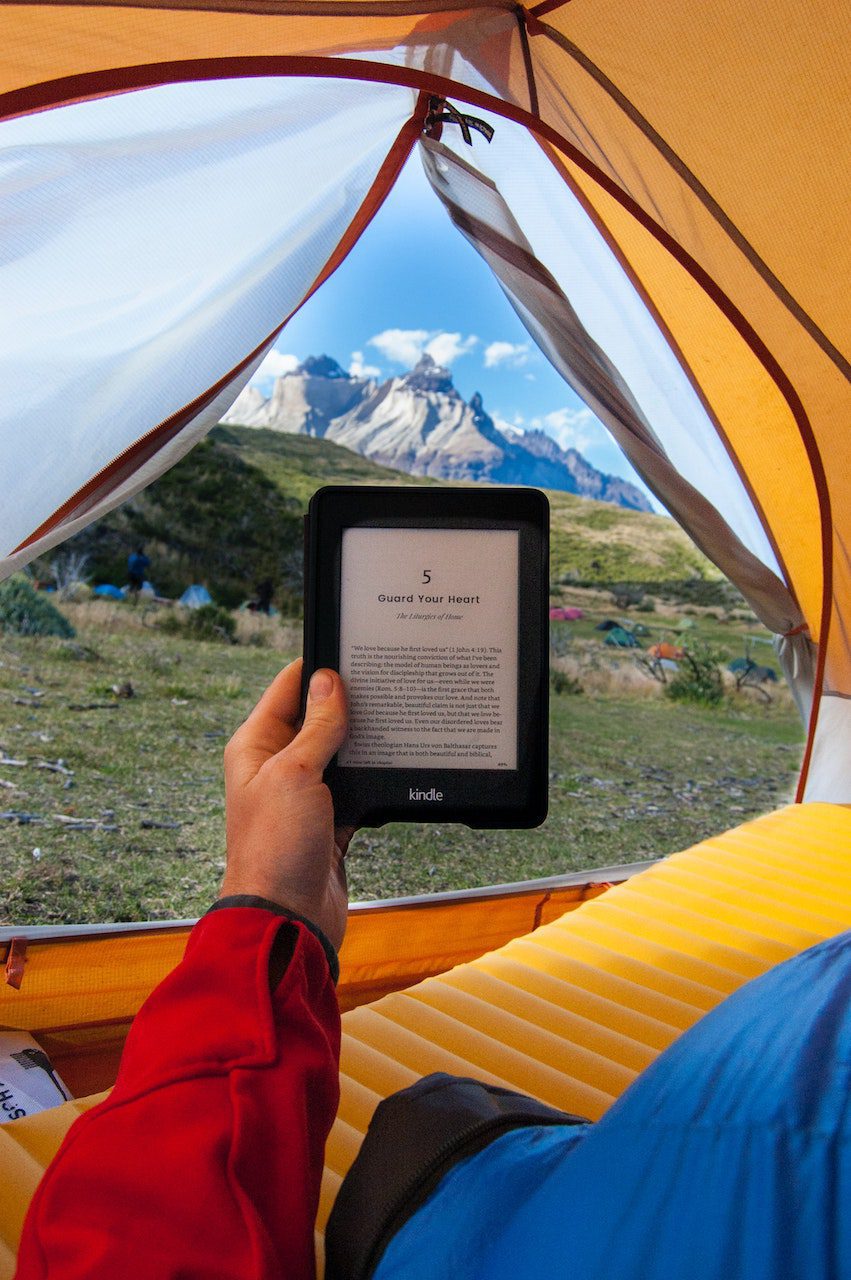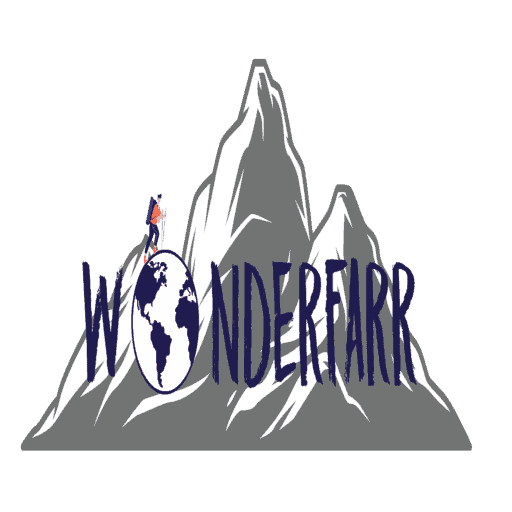Best Backpacking Tools
When going on a backpacking trip, it is essential to have the proper tools. During my first trek through the backcountry, I struggled with purchasing poor gear that would break down on me while on the trail. Fortunately, I’ve detailed the 7 best backpacking tools you need to bring on your next trek below.
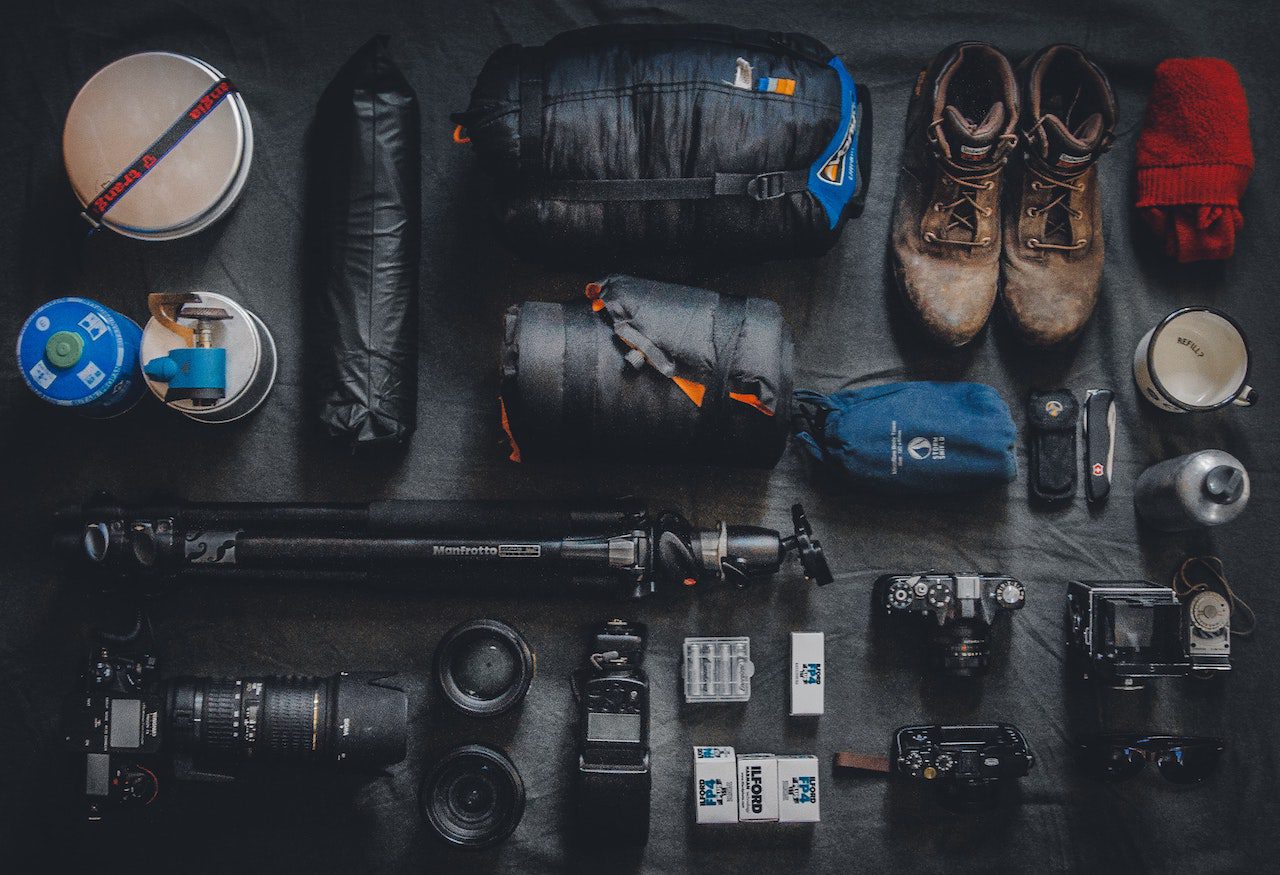
A high-quality and sturdy multi-tool is a must whenever venturing into the backcountry. The uses for these are endless from preparing meals to fixing equipment. There are many varieties of multitools on the market but my pick is the Leatherman Wave!
Proper food storage is essential when going on a backpacking trip, especially in bear country. Although some parks will allow you to make a bear hang, this bear canister is an excellent catch-all for food storage since it is widely accepted in most of America’s national parks. To learn more about food storage, read “How To Store Food While Backpacking.“
Honestly, you will likely be okay with any headlamp you purchase as it is a simple piece of technology (basically a flashlight on your head) but nevertheless an essential piece of equipment for hiking or setting up camp at night. Here is the one I have used that has served me well for the past six years:
This waterproof stuff sack is the perfect combination between a dry bag and a stuff sack. Use it to save space or to make a bear hang. Either way this is a must have tool for your next backpacking trip.
Okay, while this is a bit of a luxury item, I will NEVER be caught in the backcountry without my Garmin watch. It has so many incredible features, such as GPS navigation, activity recording, and remarkable battery life. A Garmin watch is more than worth the investment if you are a serious backpacker.
A power bank is a must-have for all your electronics when out on the trail. Pictures are important! What I love about the Anker is that it can provide you with several charges and works excellently, especially on a multiday backpacking trip. Not only that but it is also lightweight and easy to pack!
Disclosure: Some links on this page are affiliate links, and if you go through them to make a purchase or a booking, I may earn a commission. Using these links DO NOT affect the cost of the product/booking. The price remains the same affiliate link or not.

